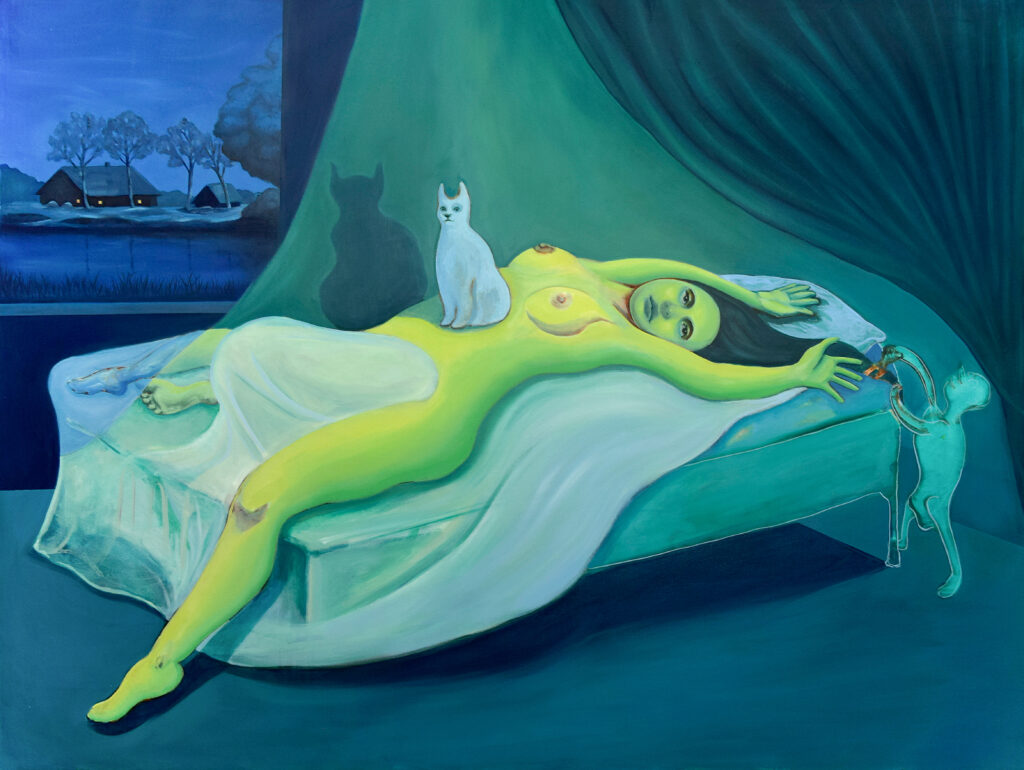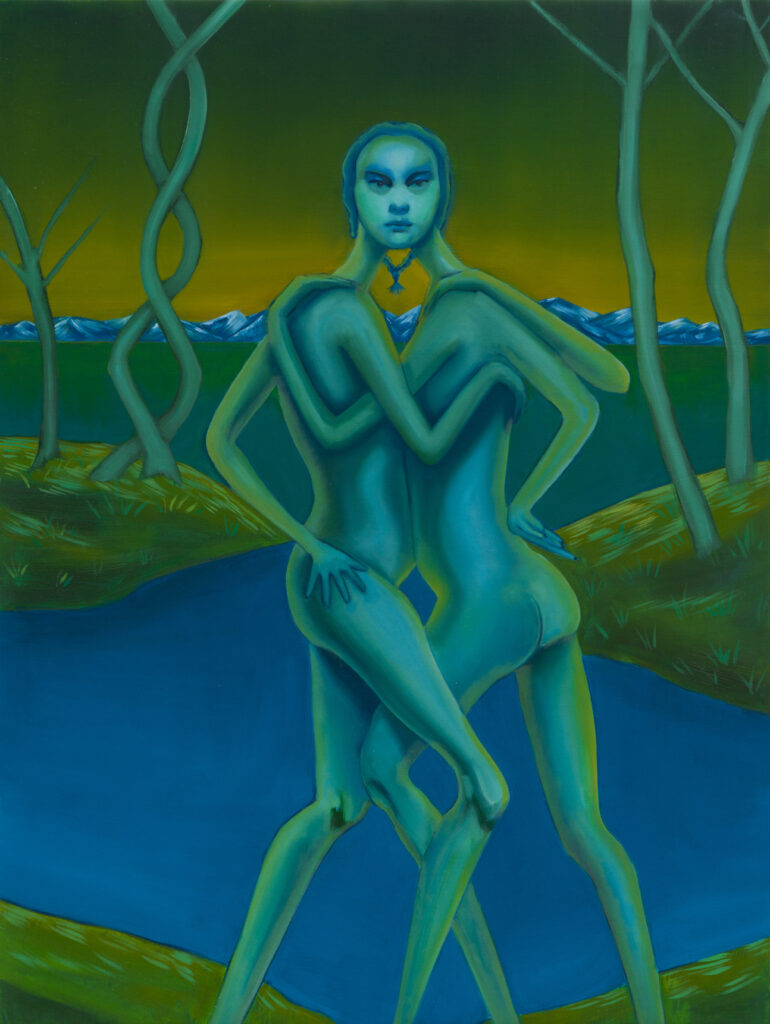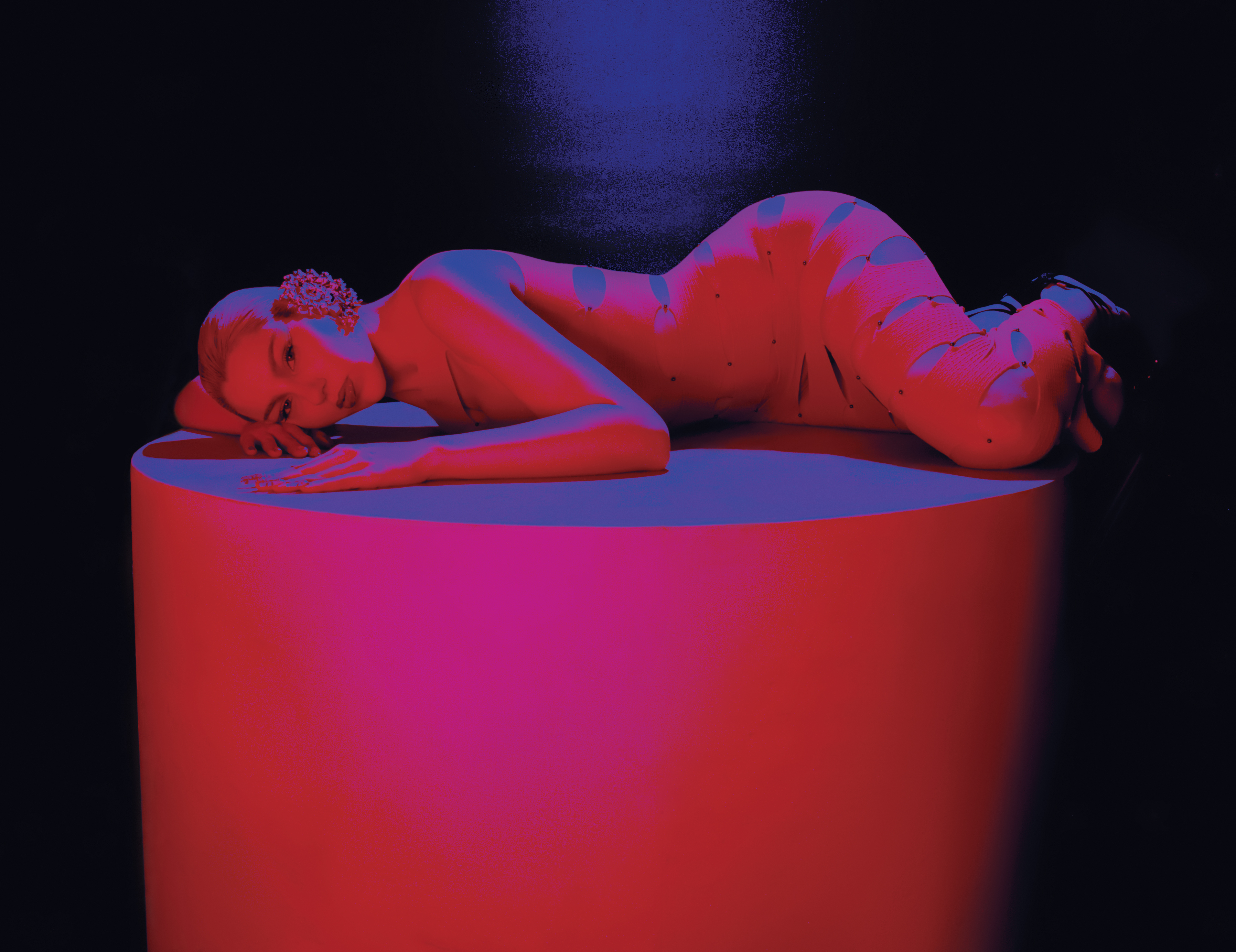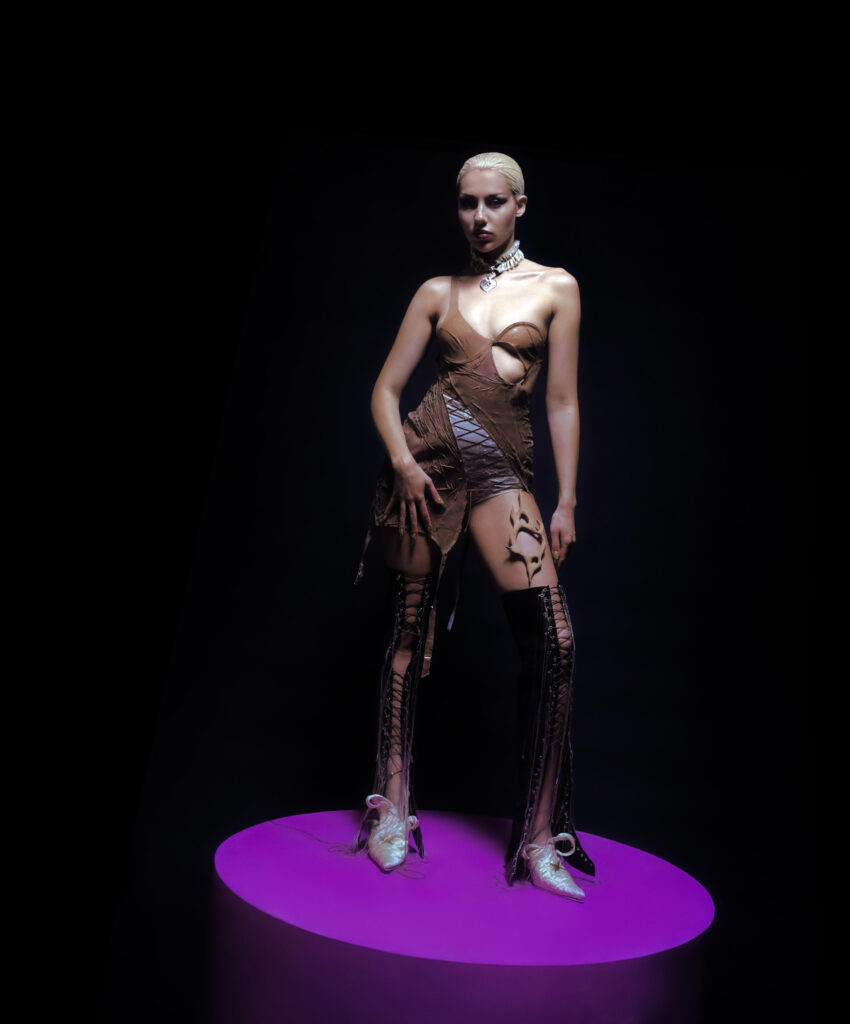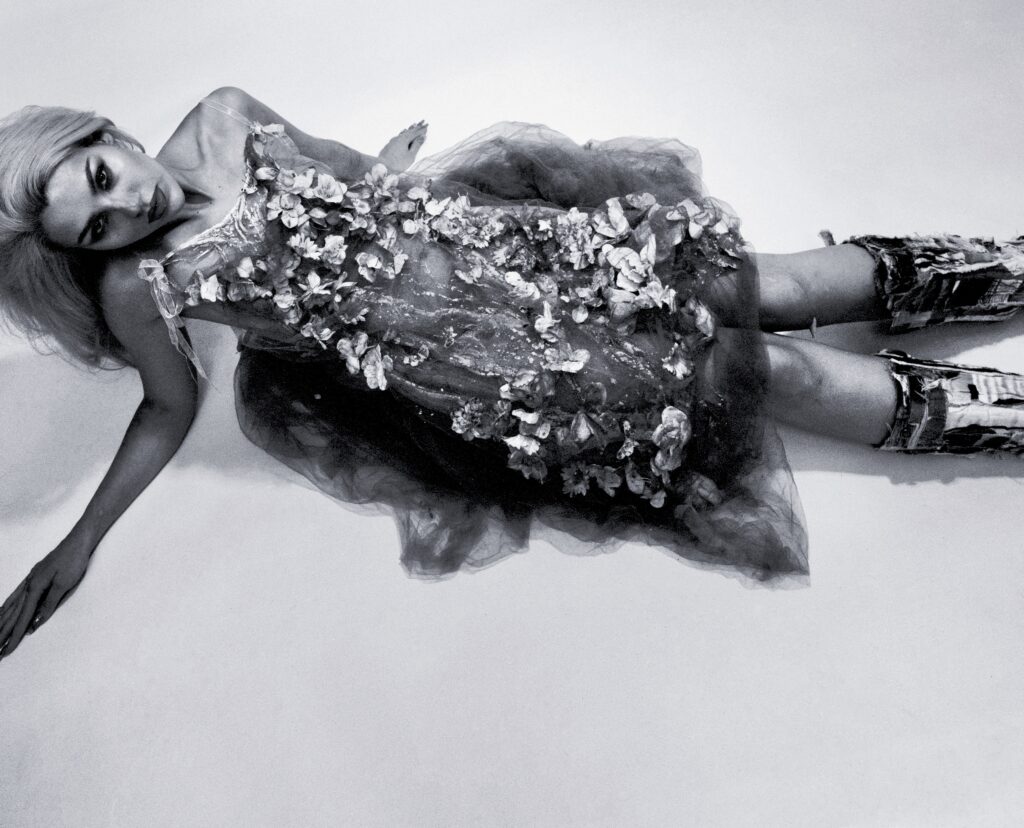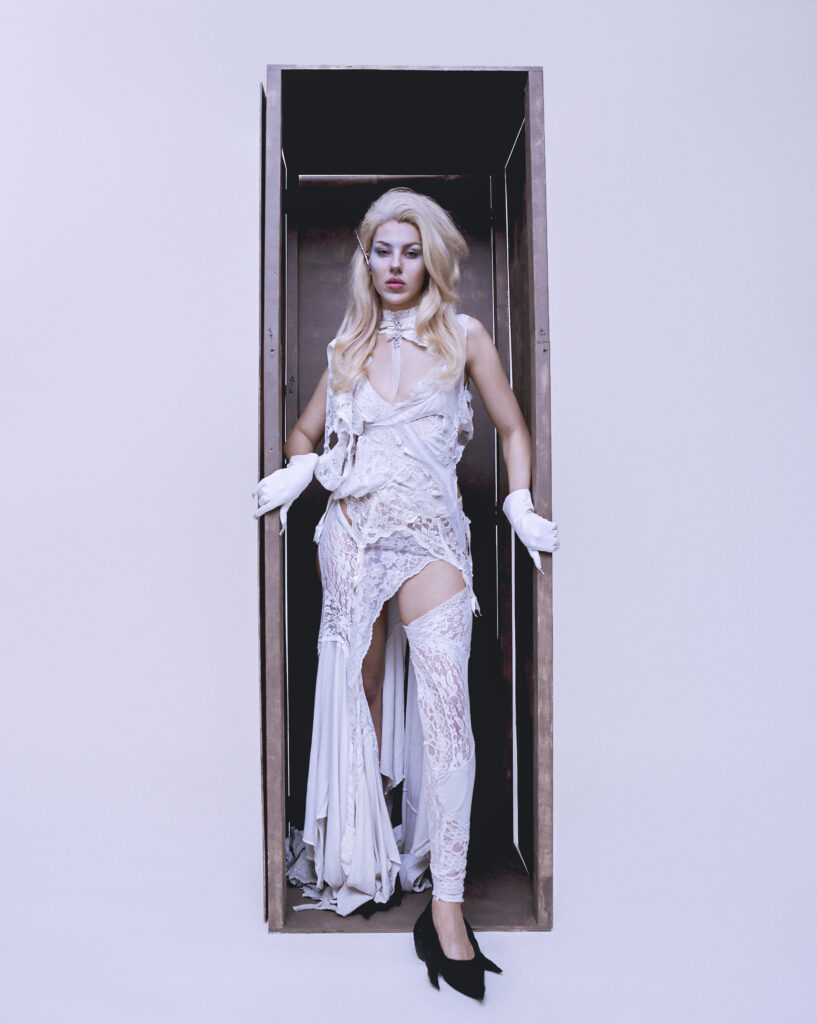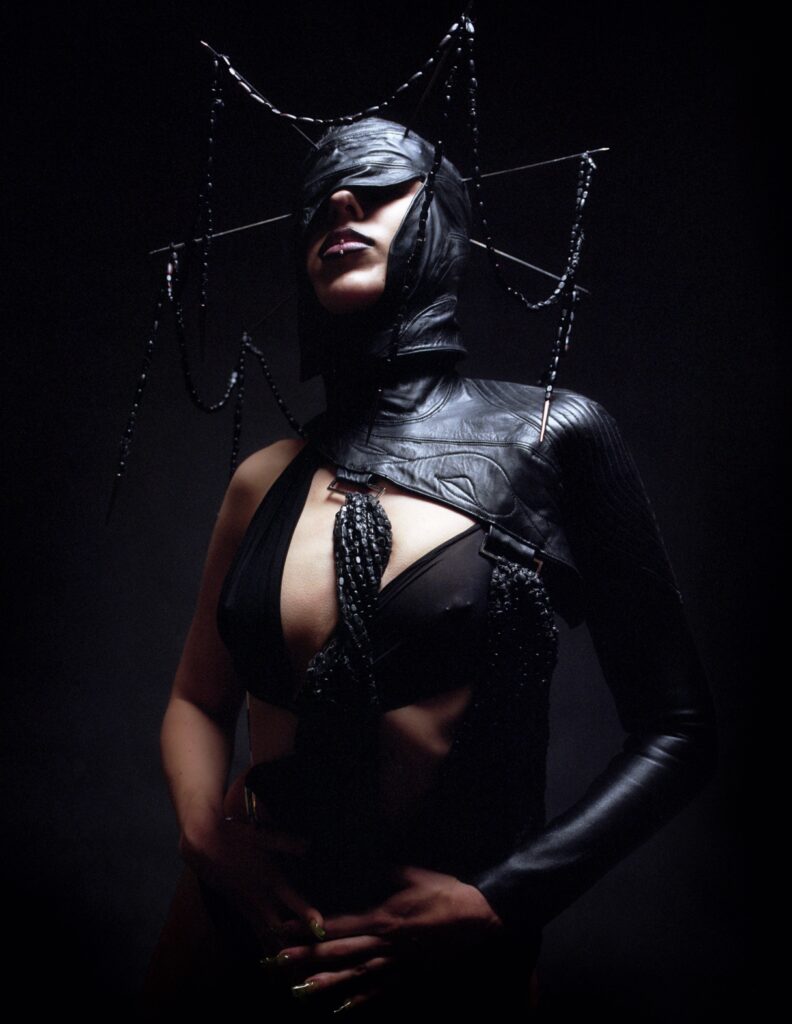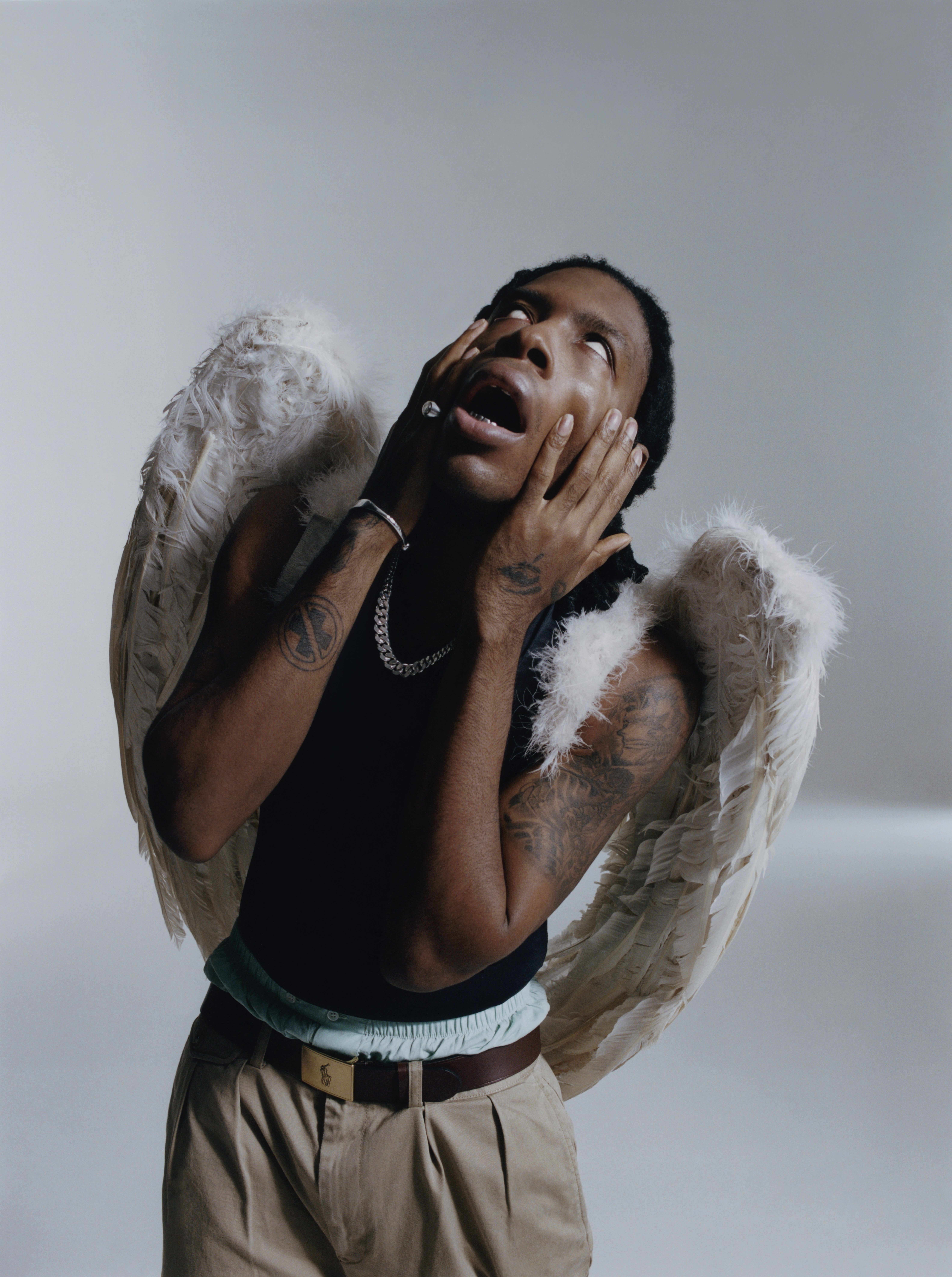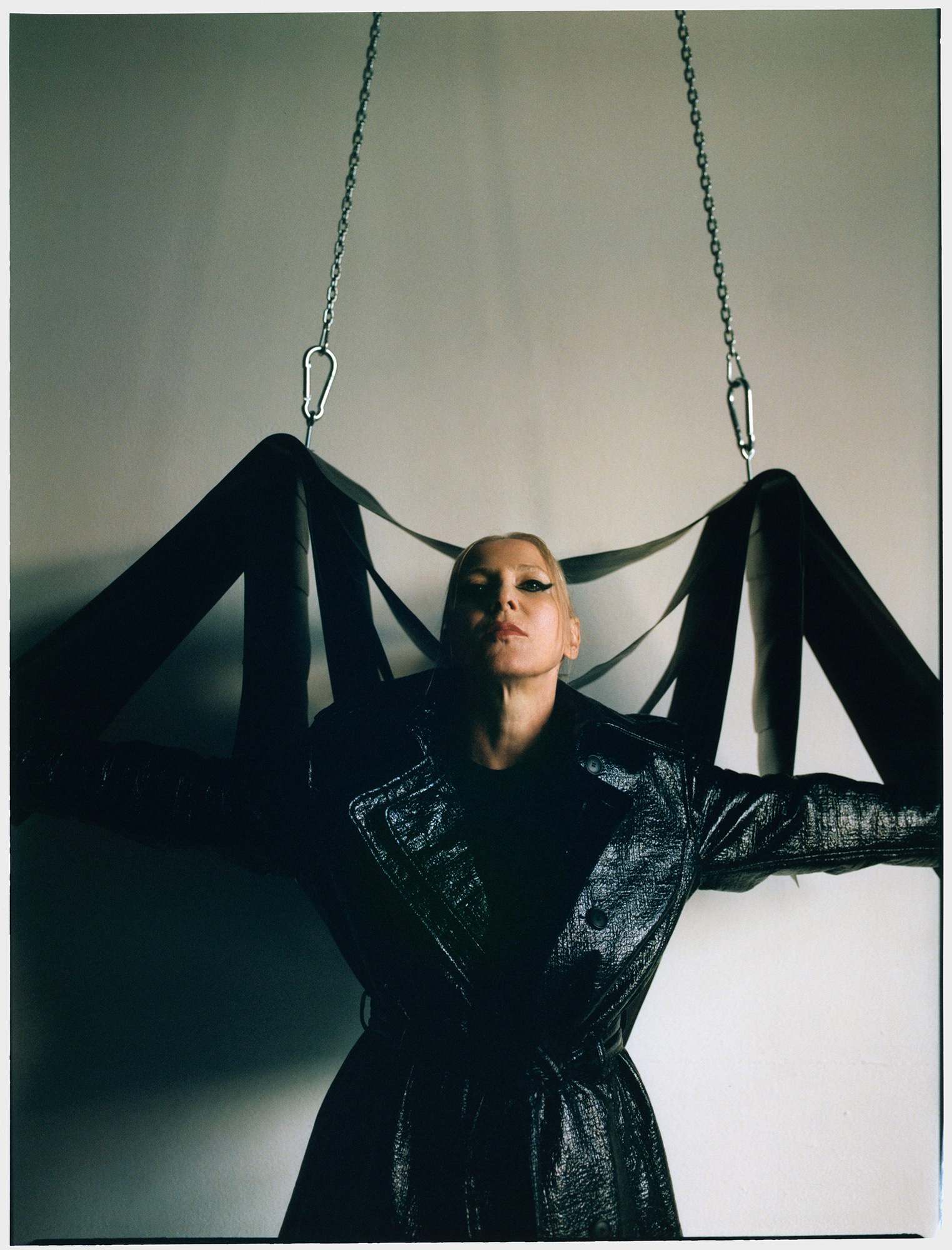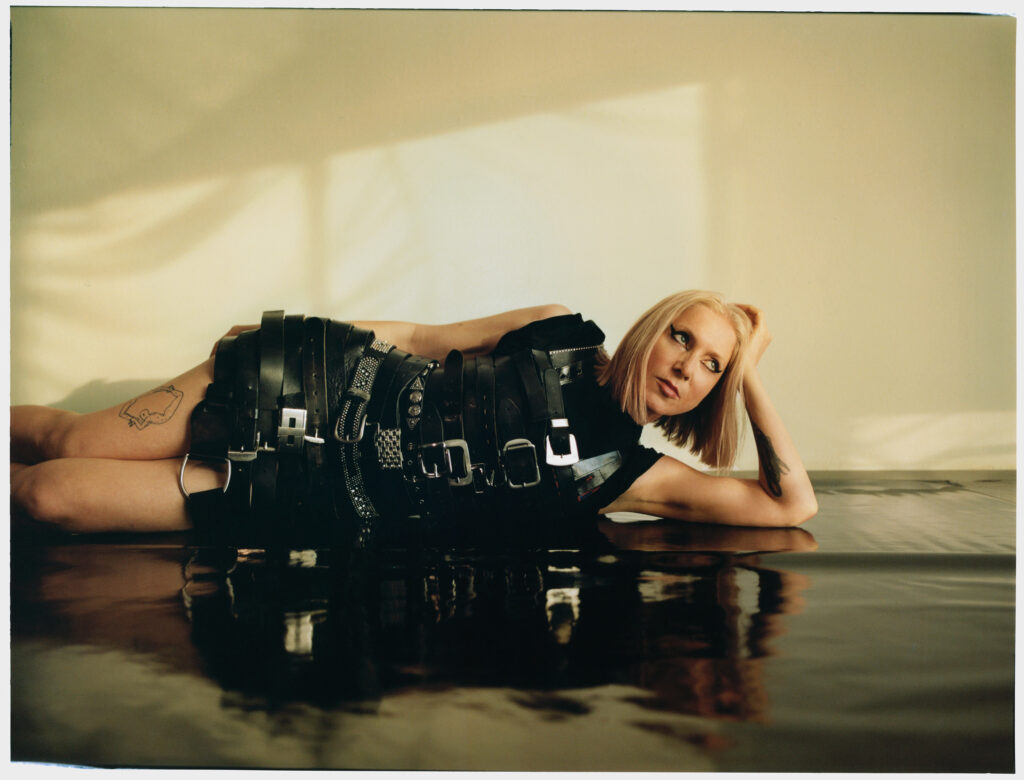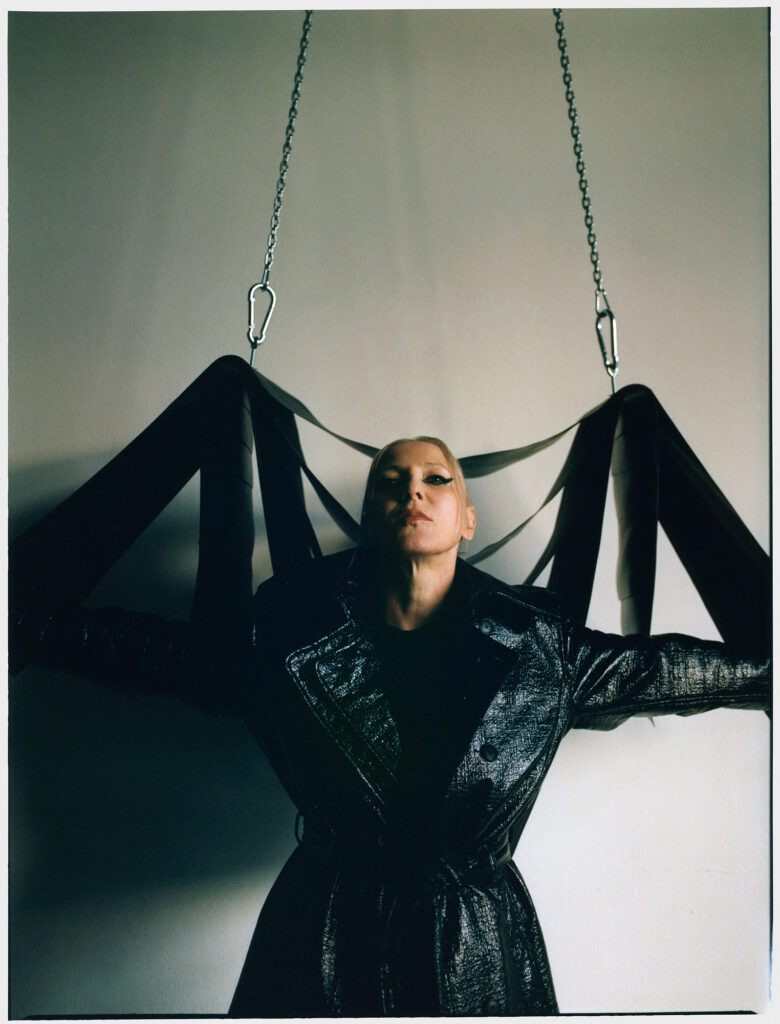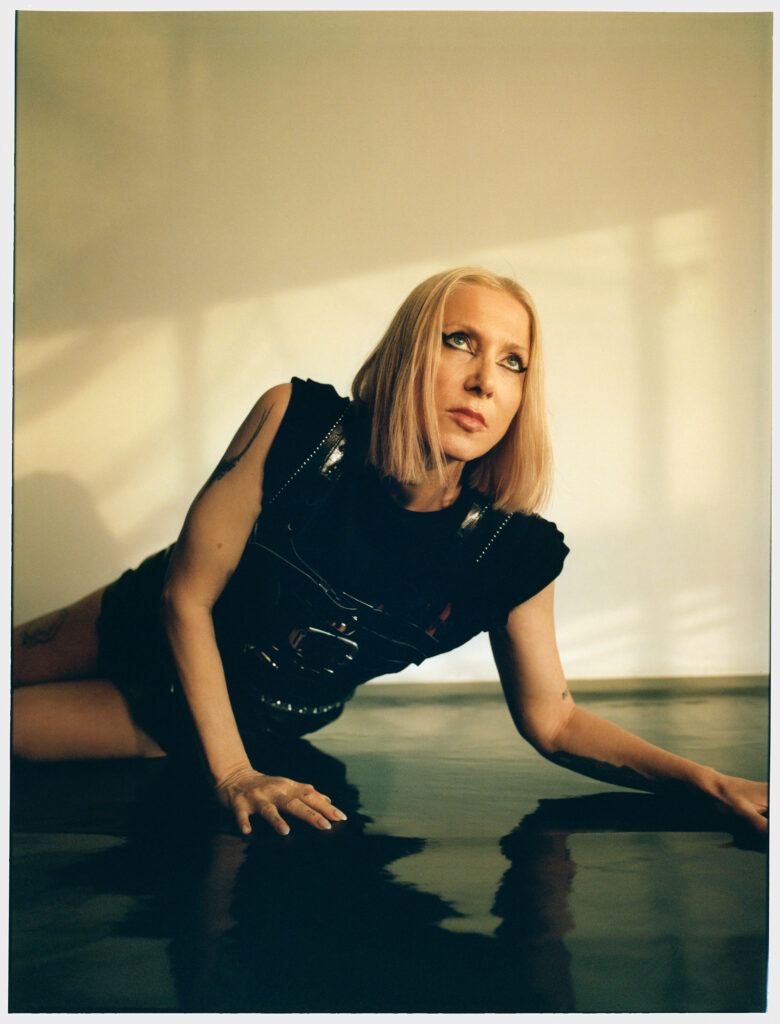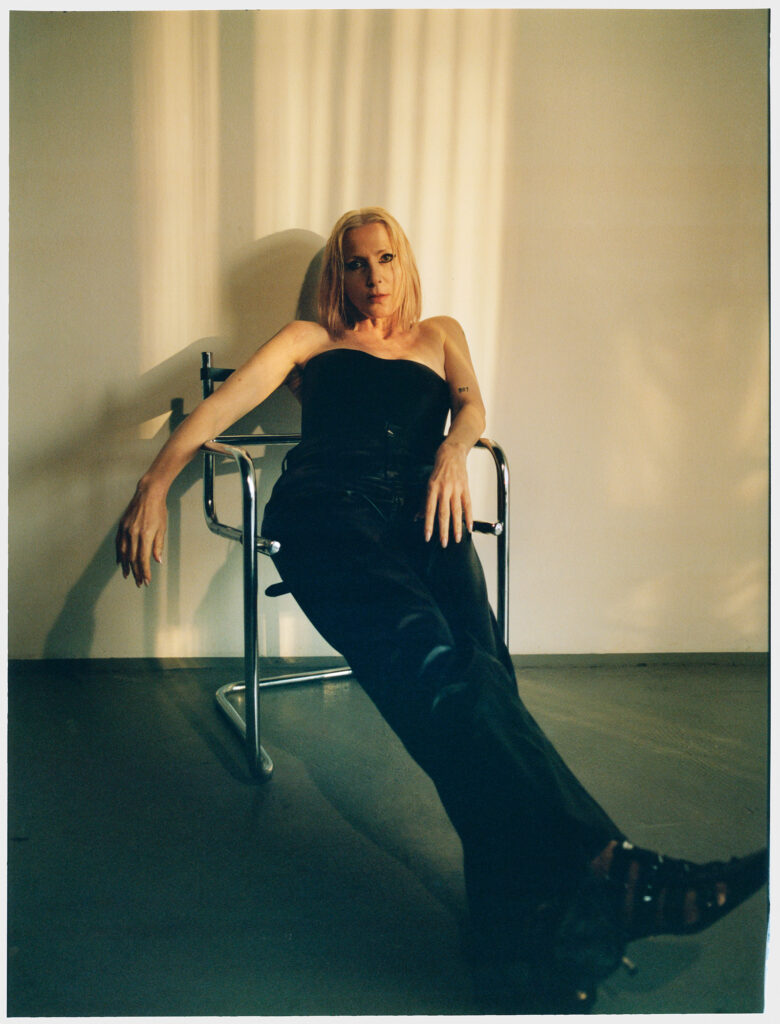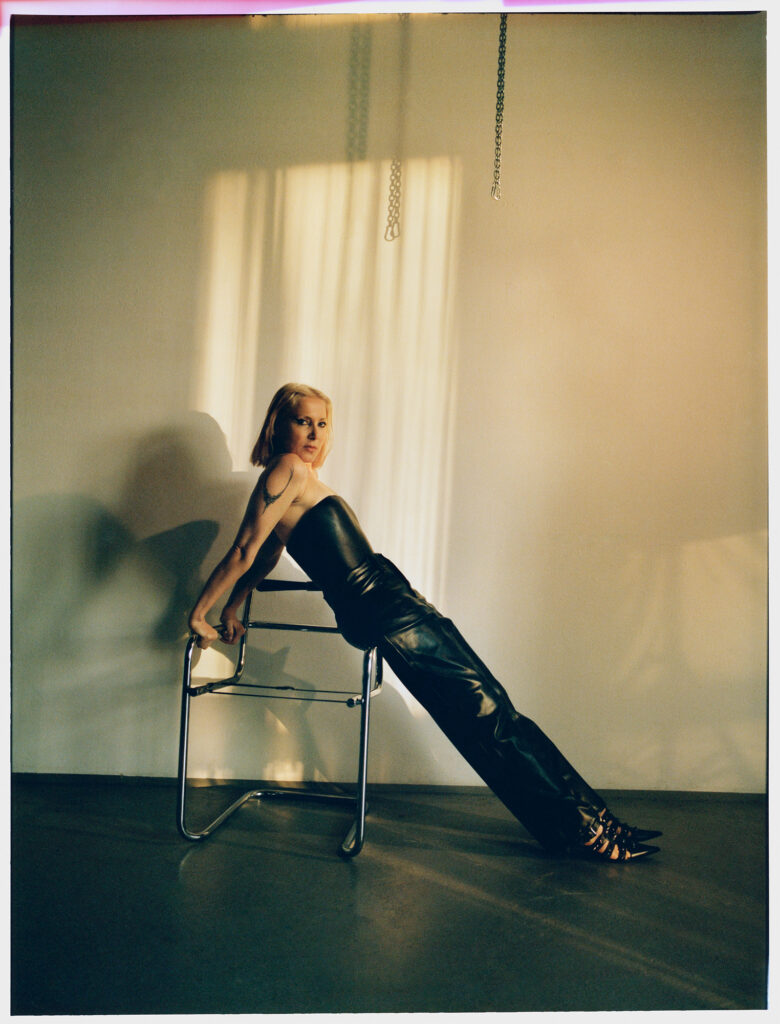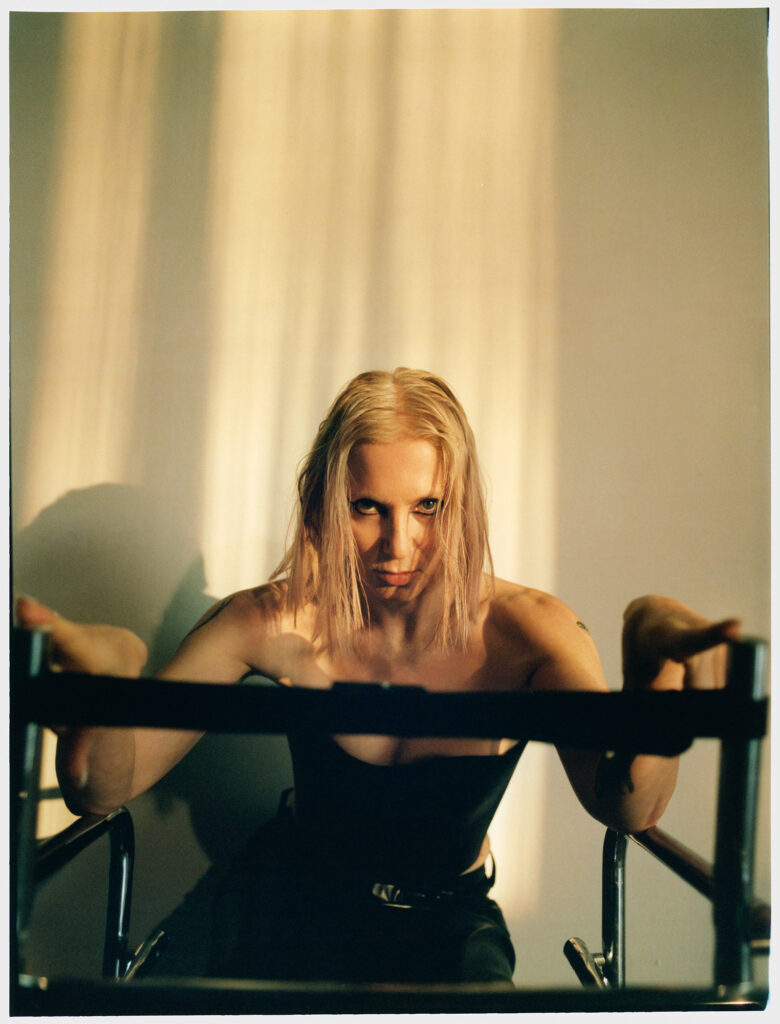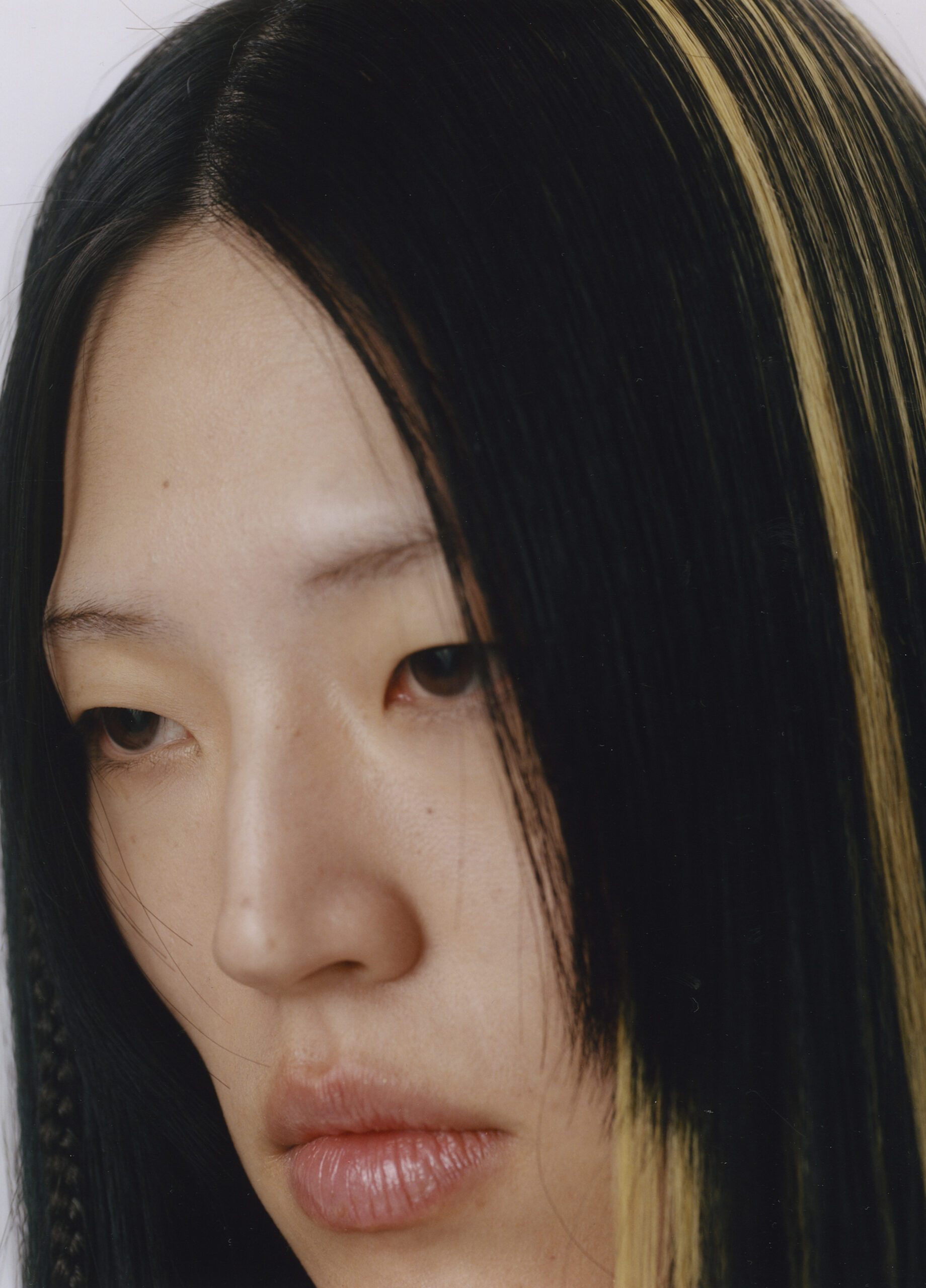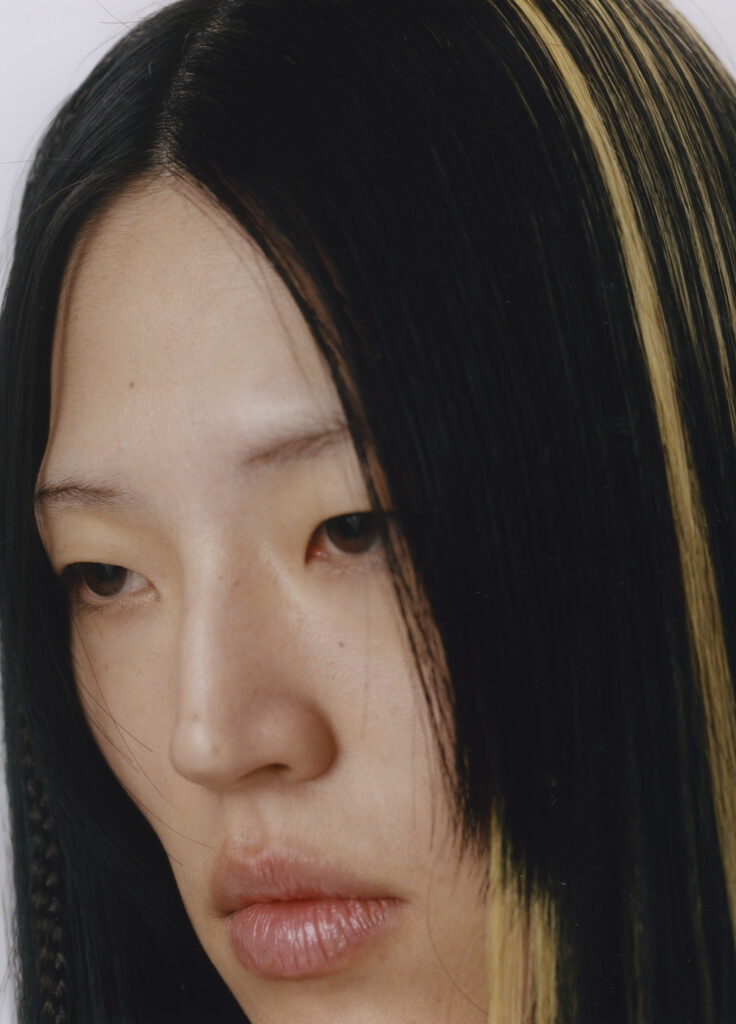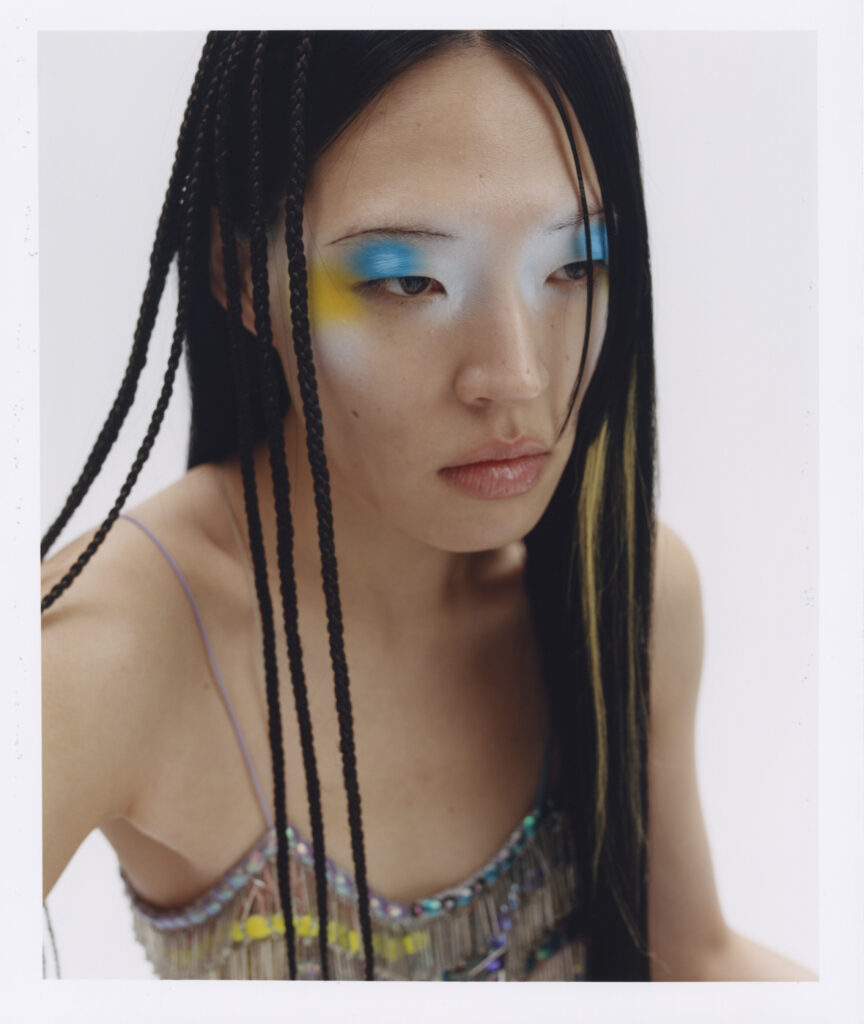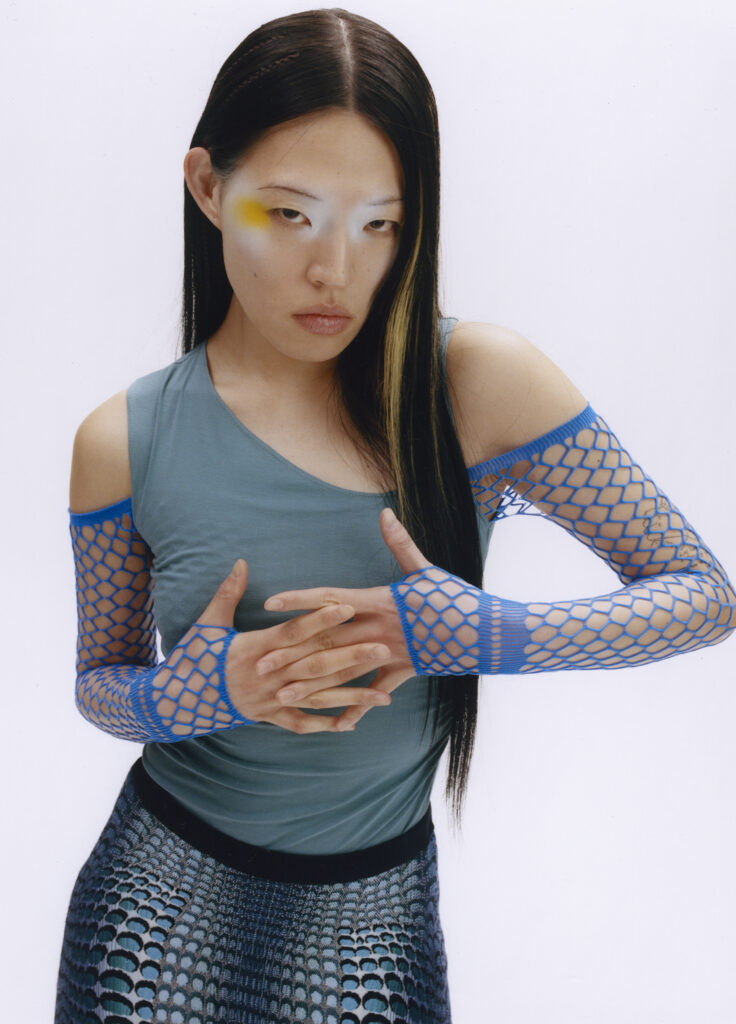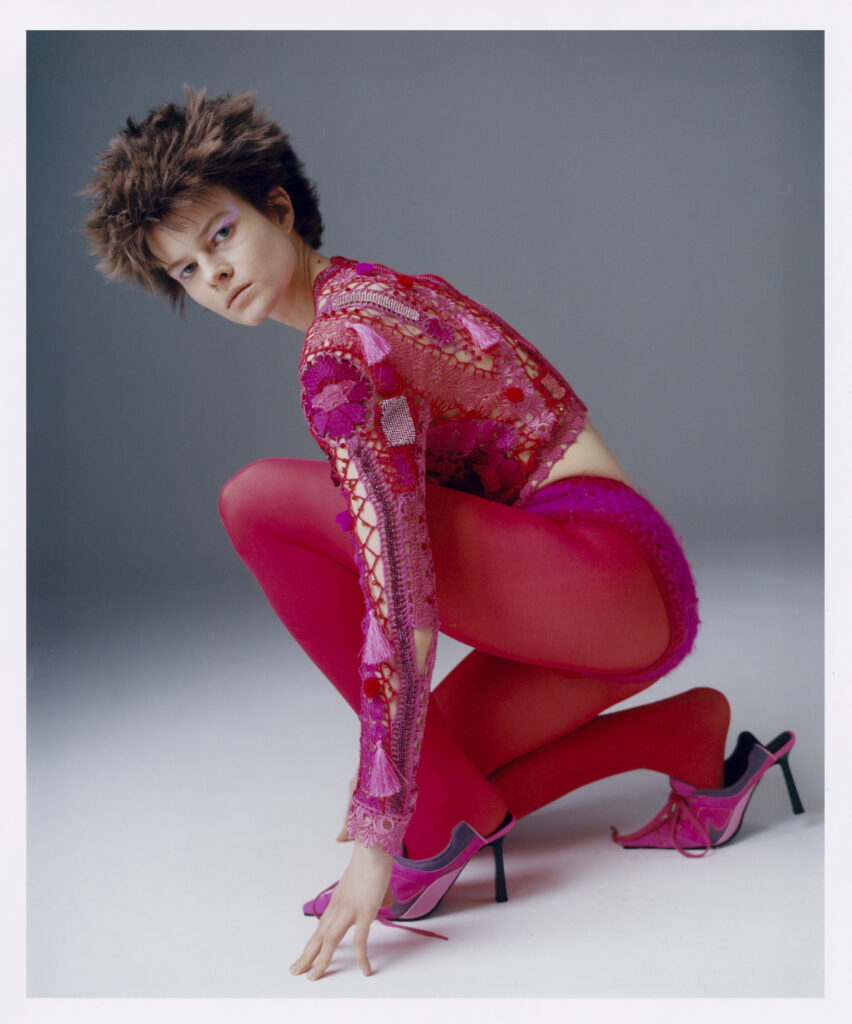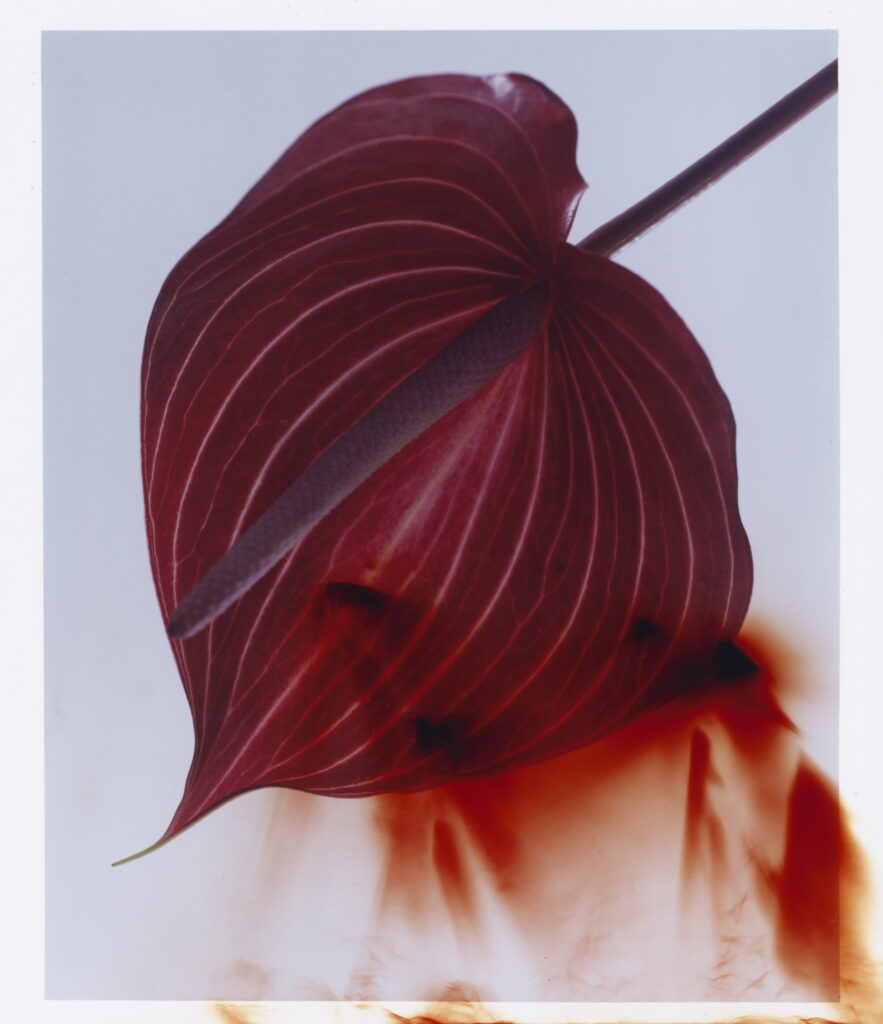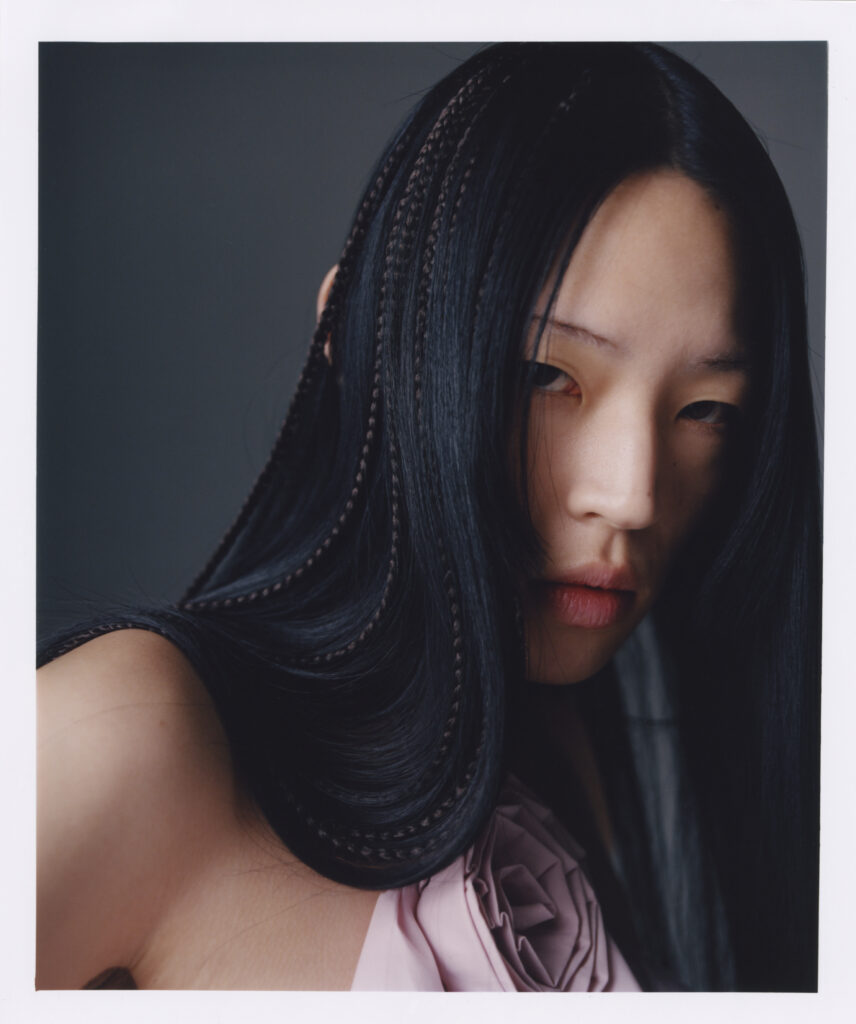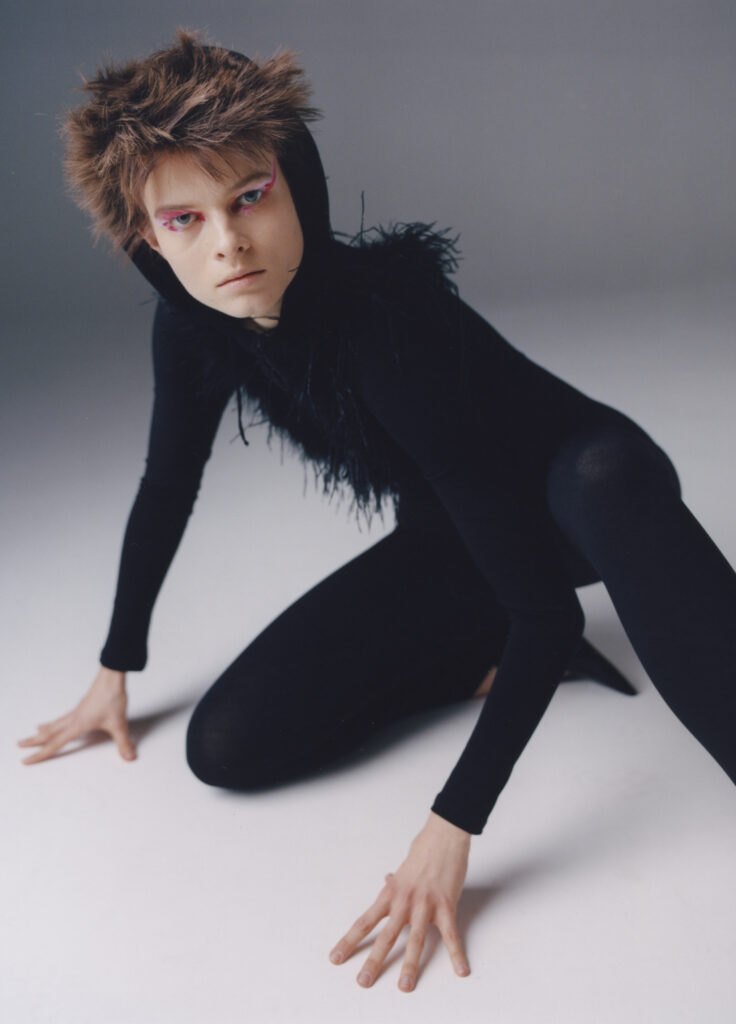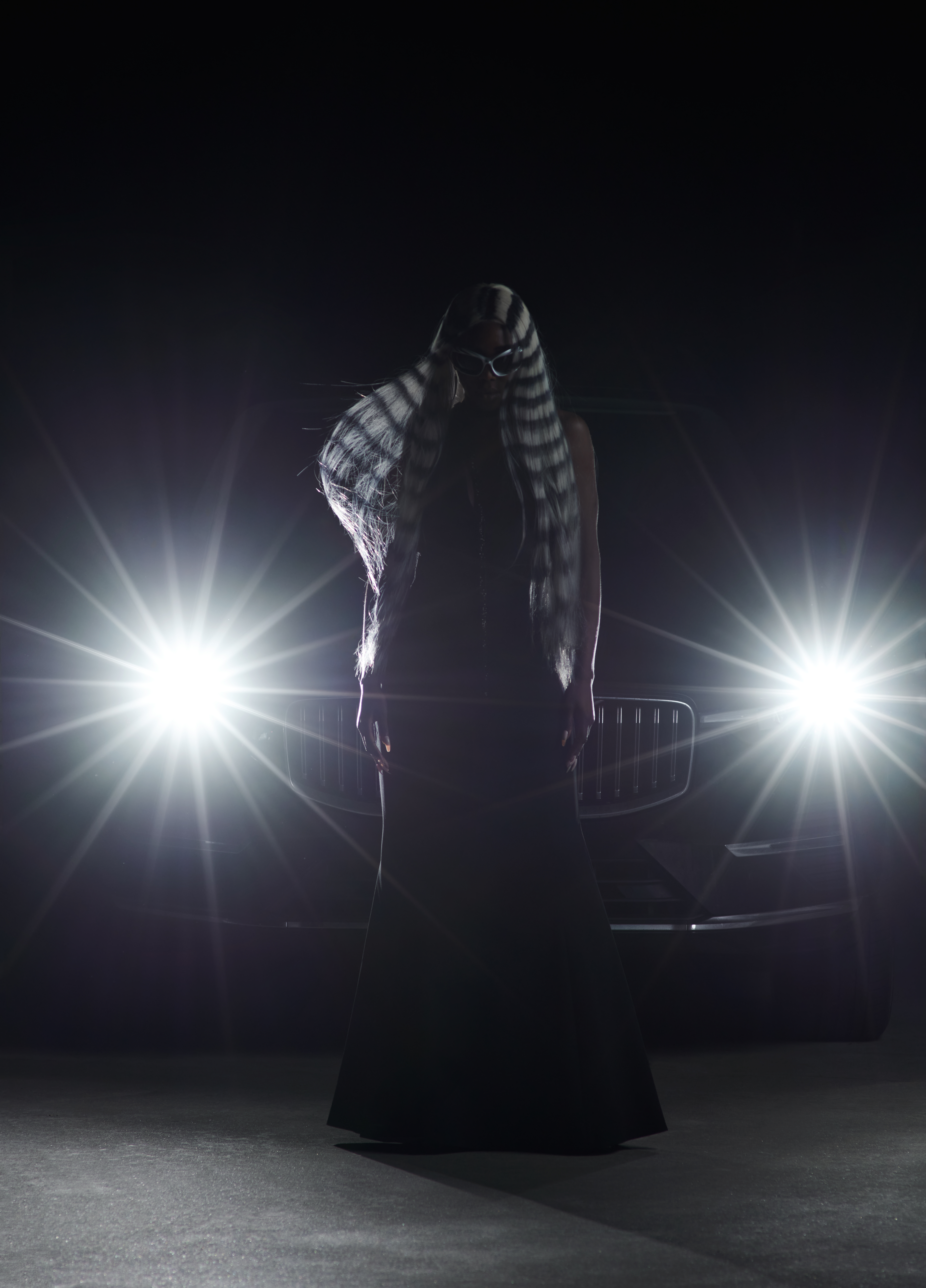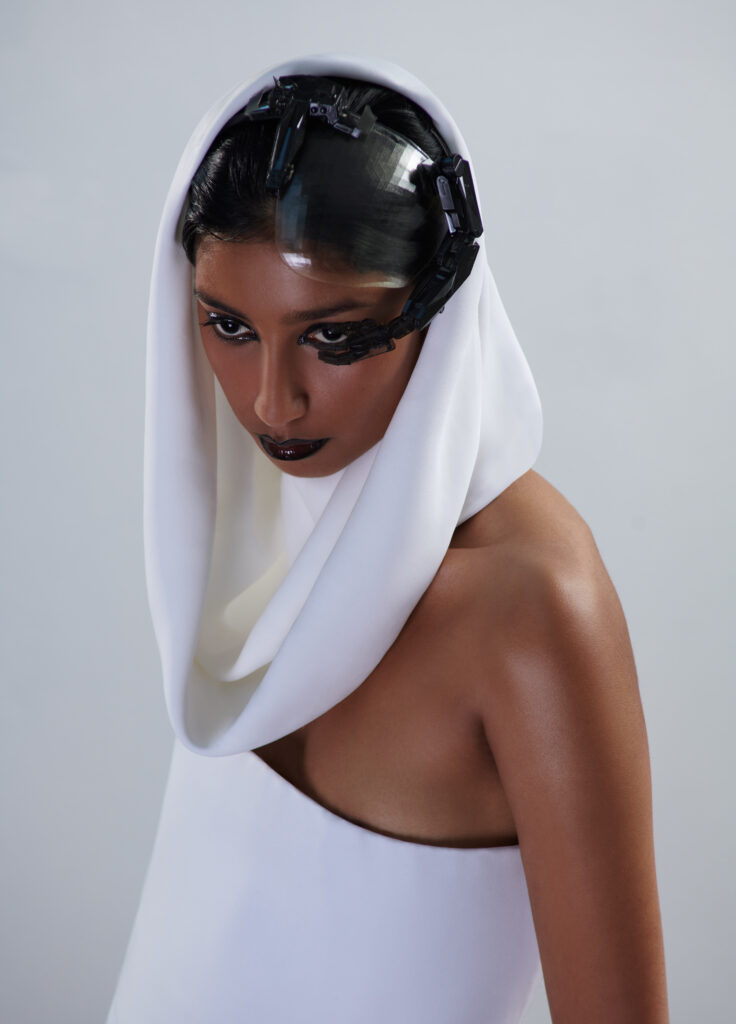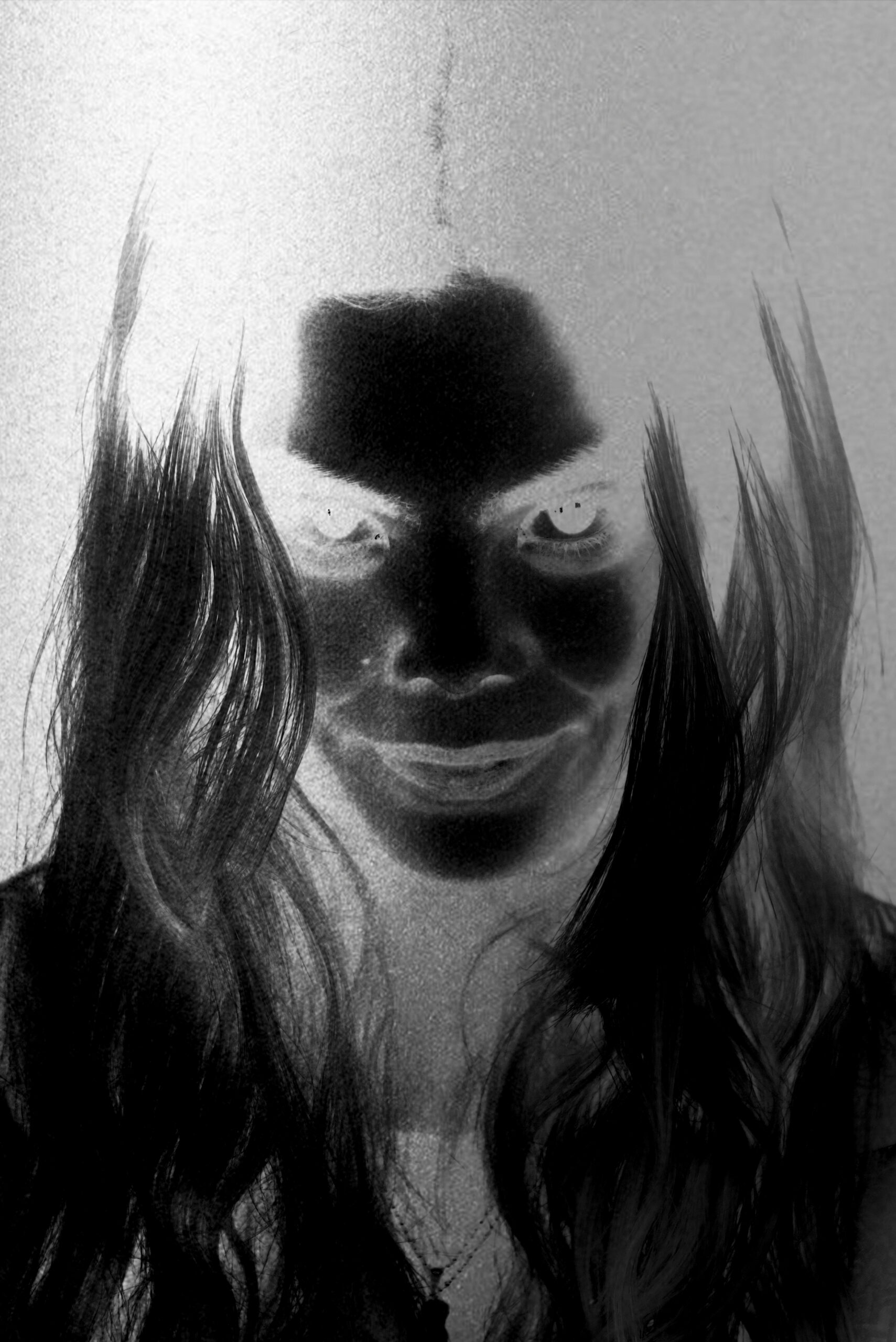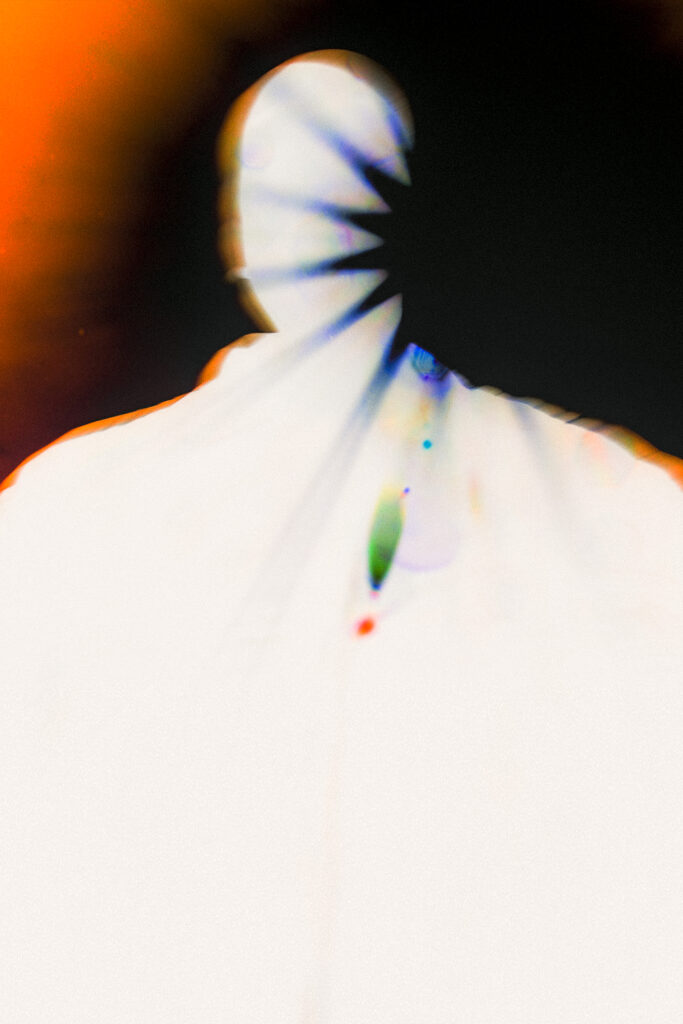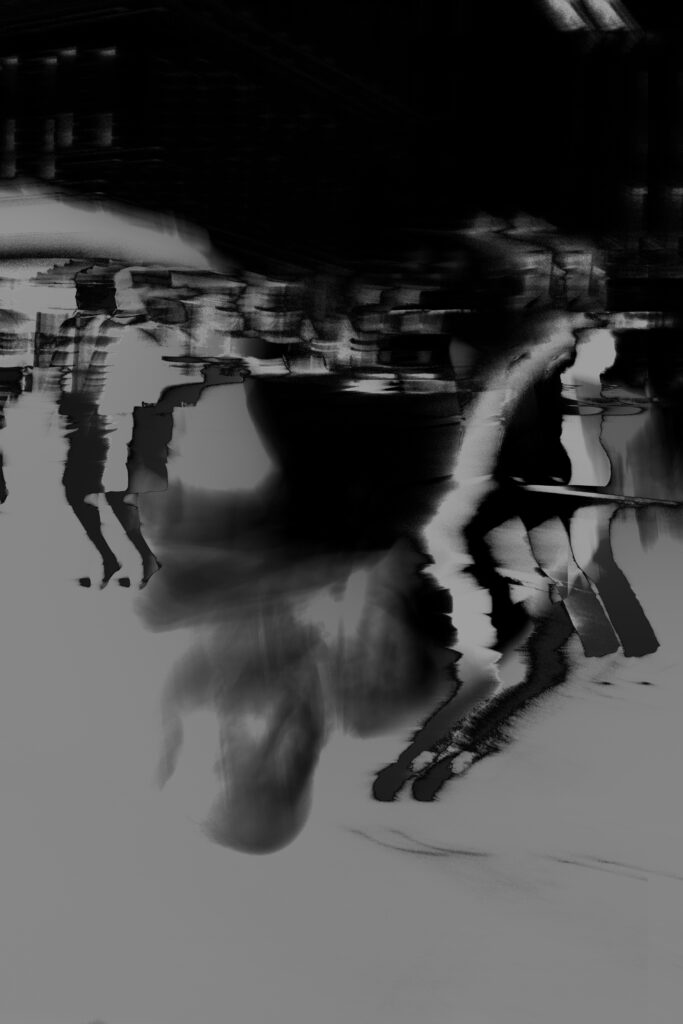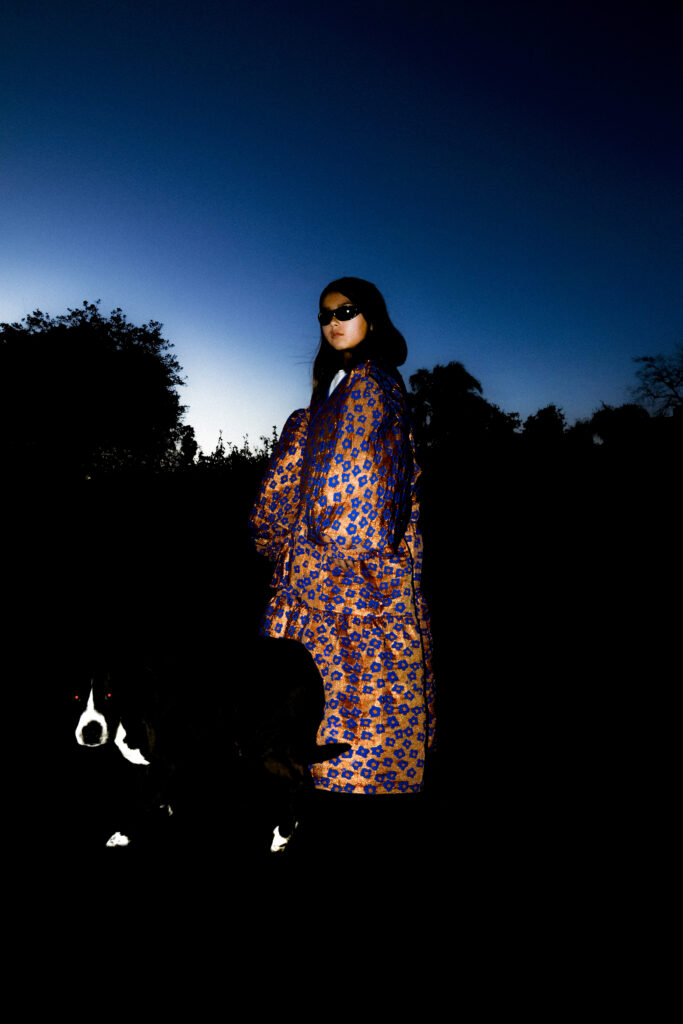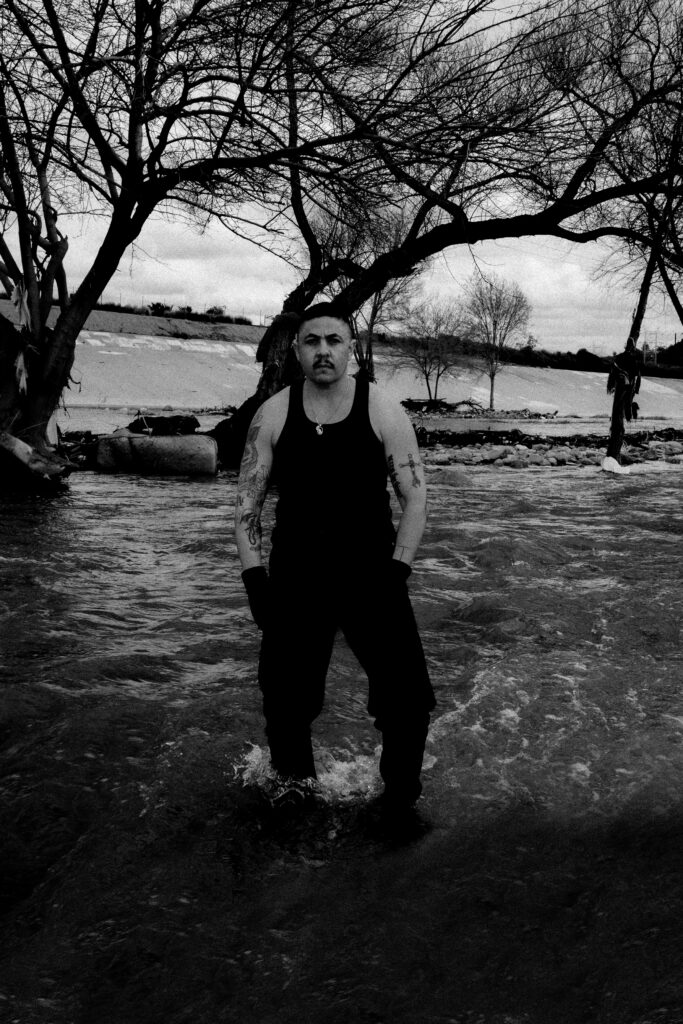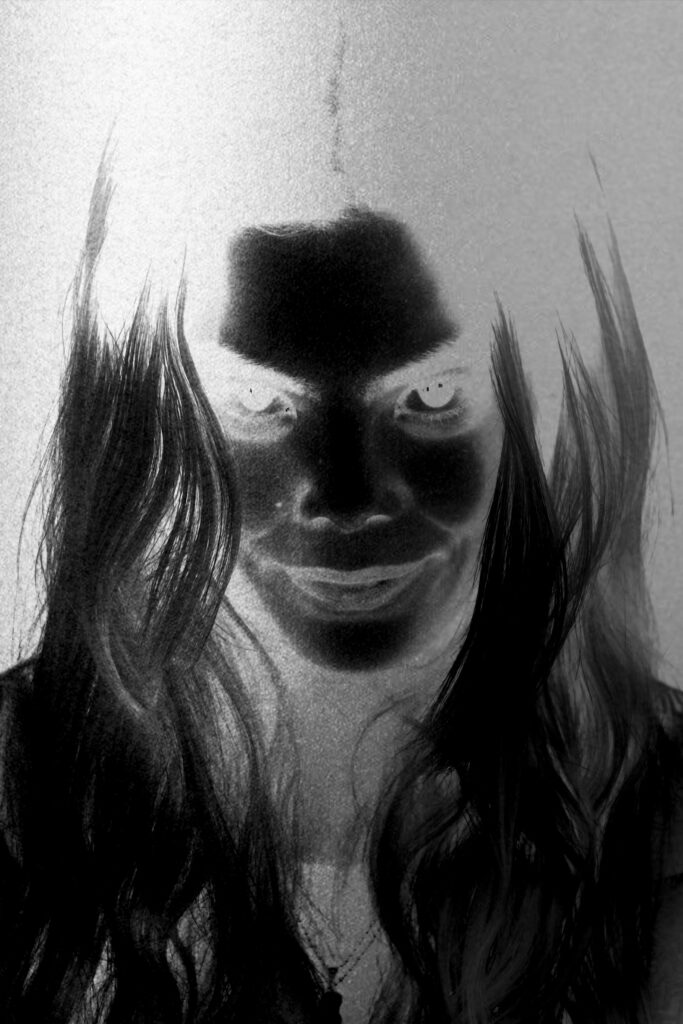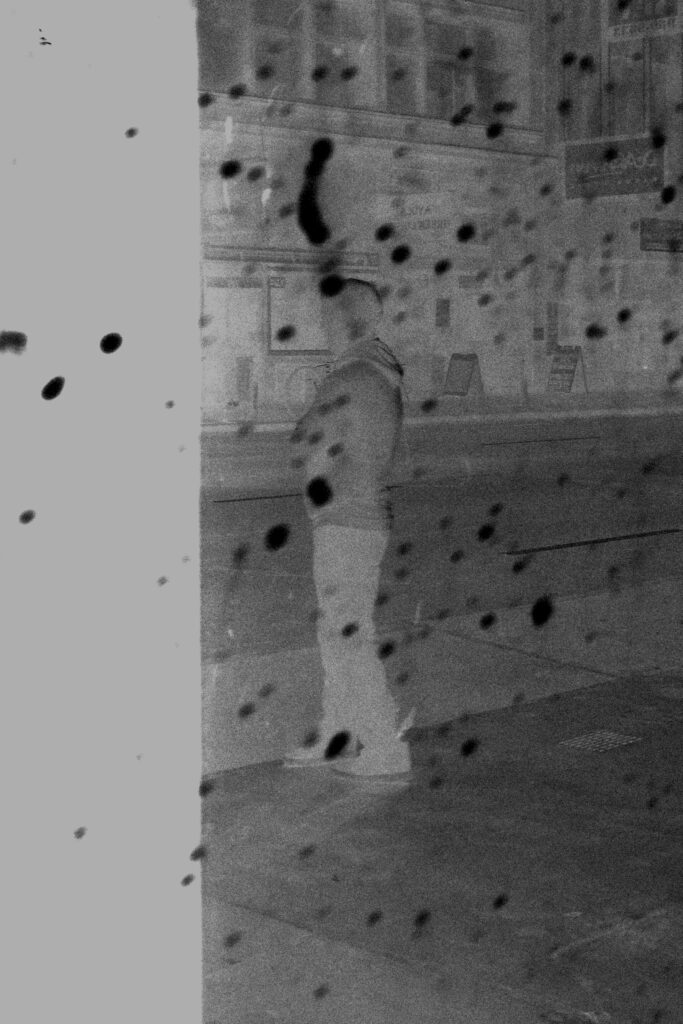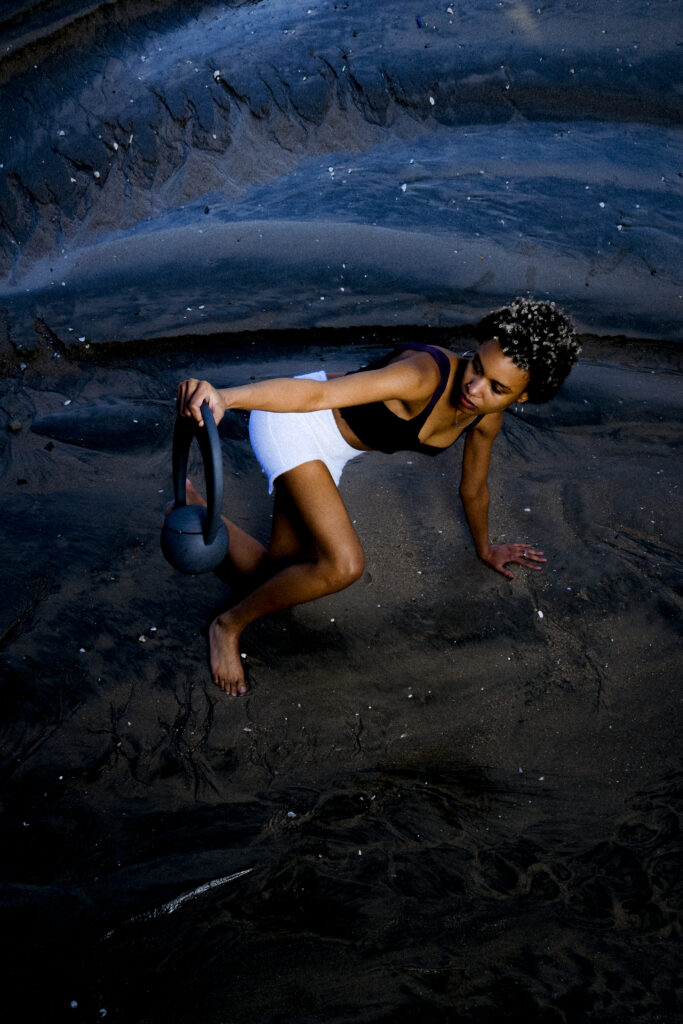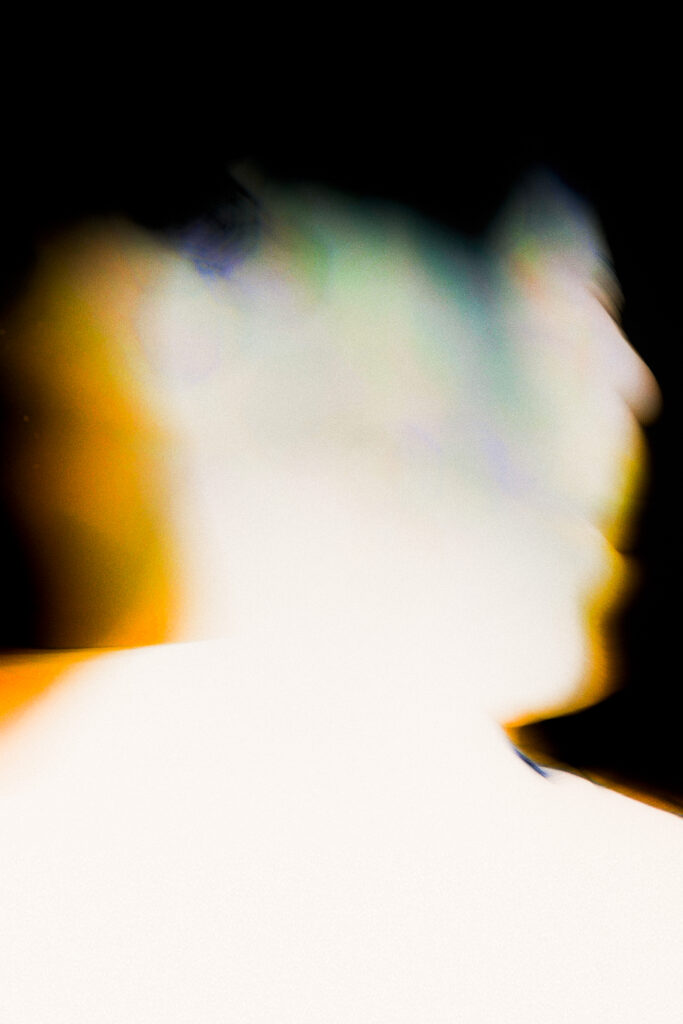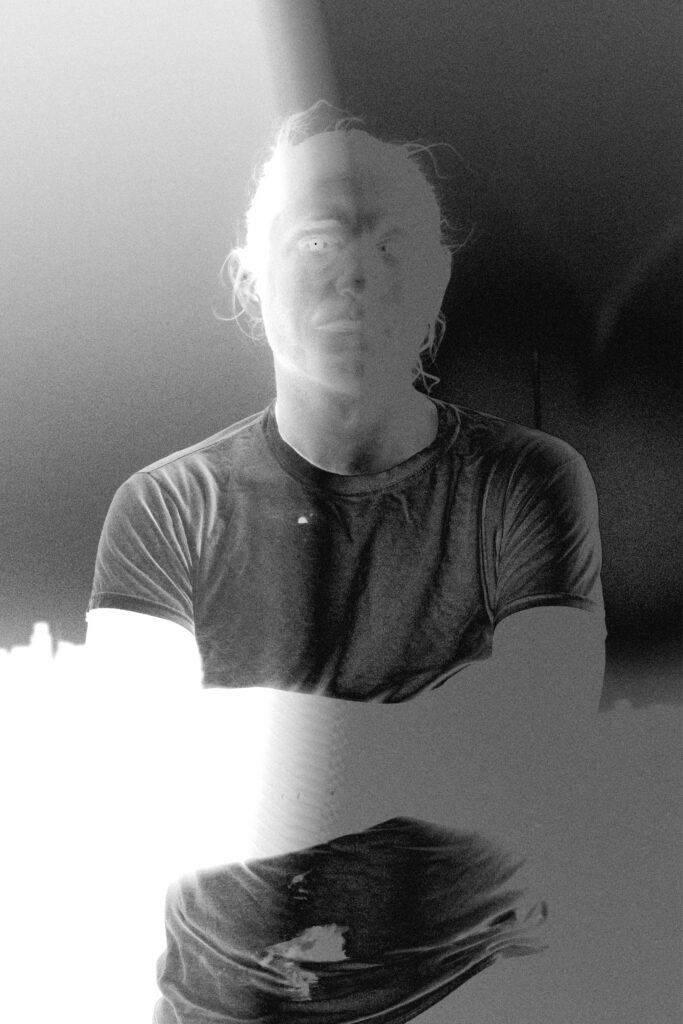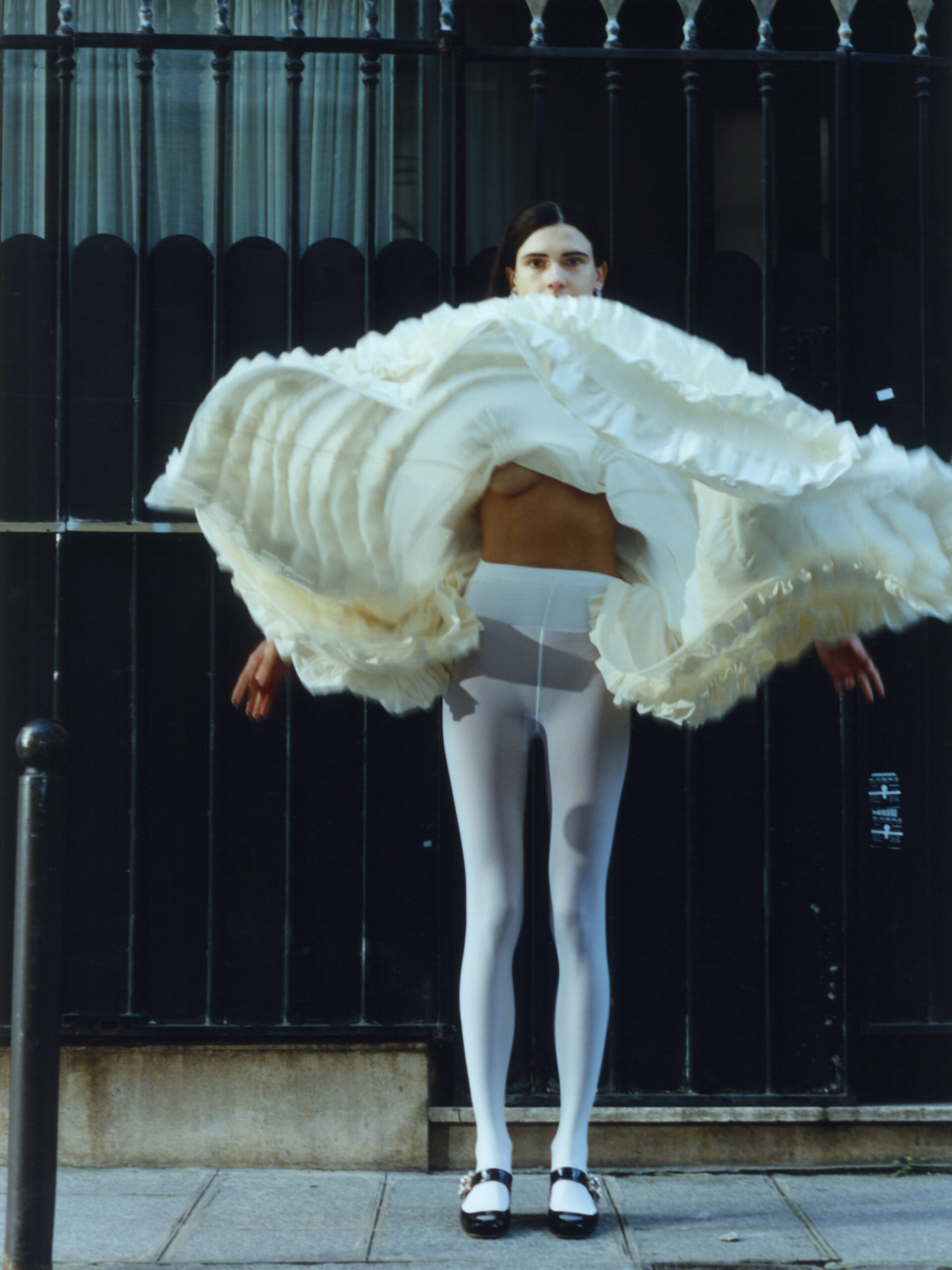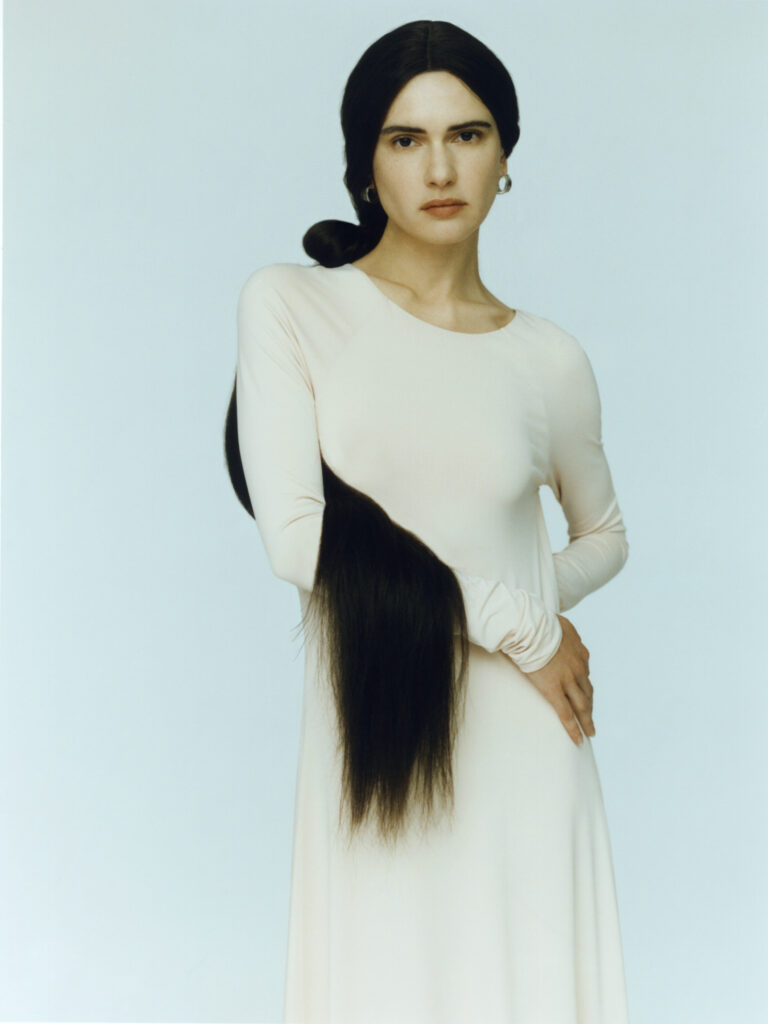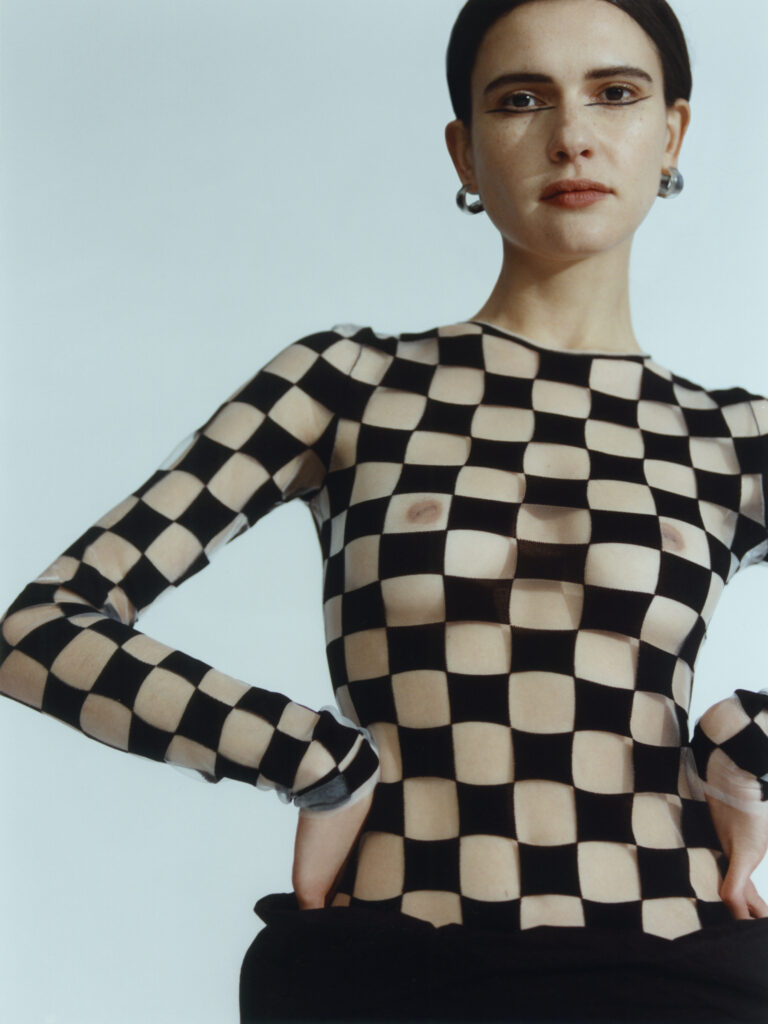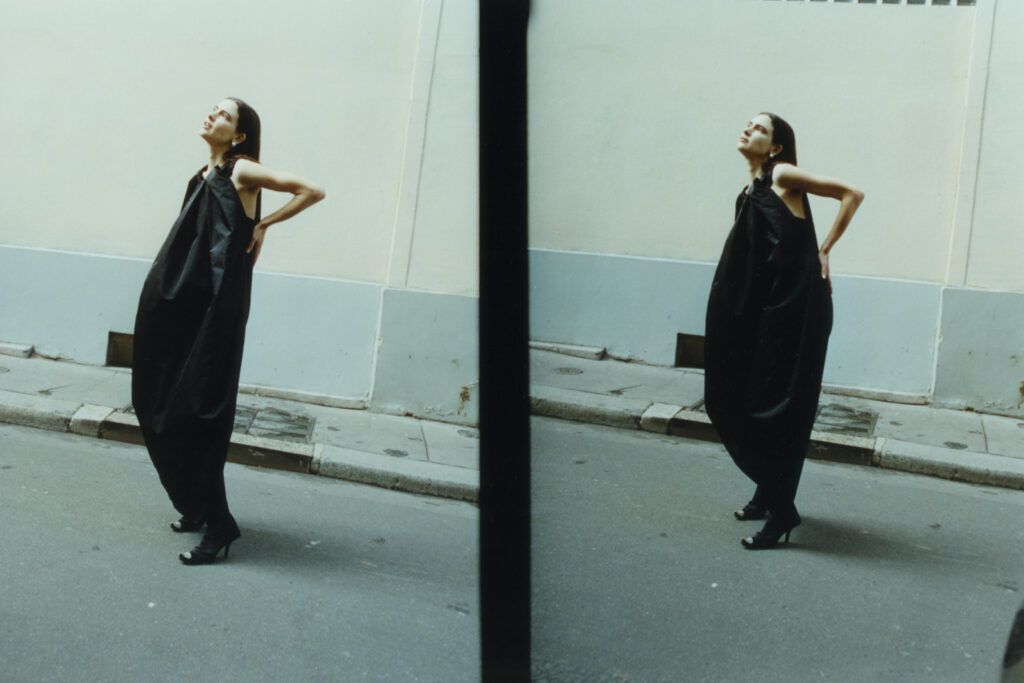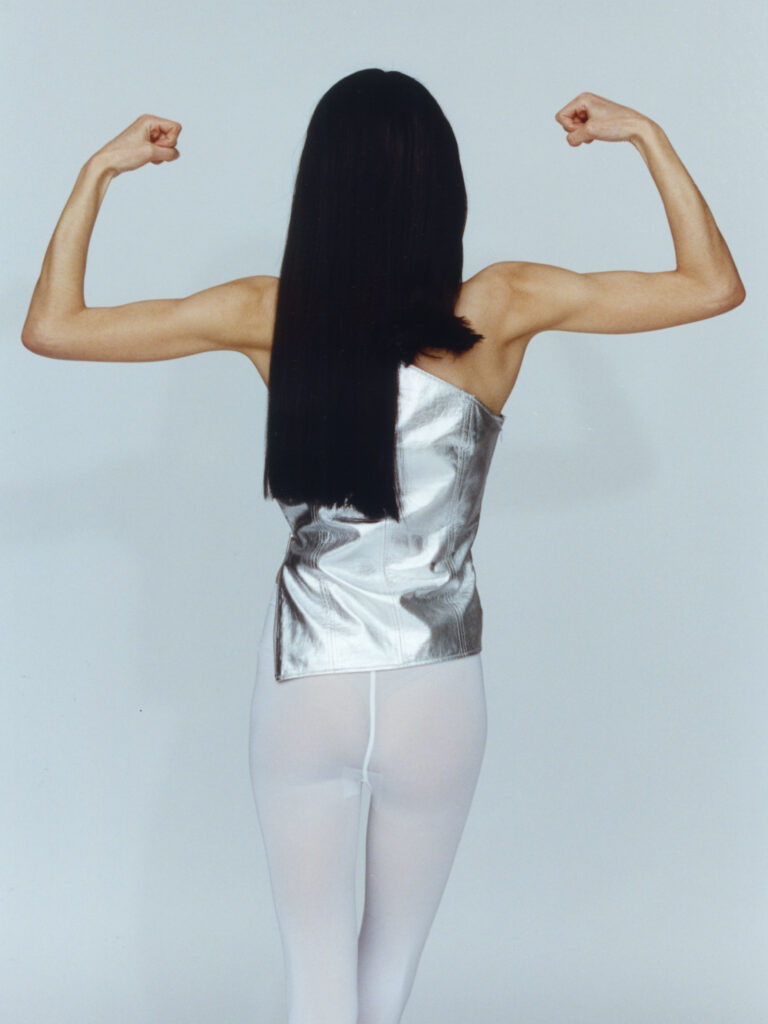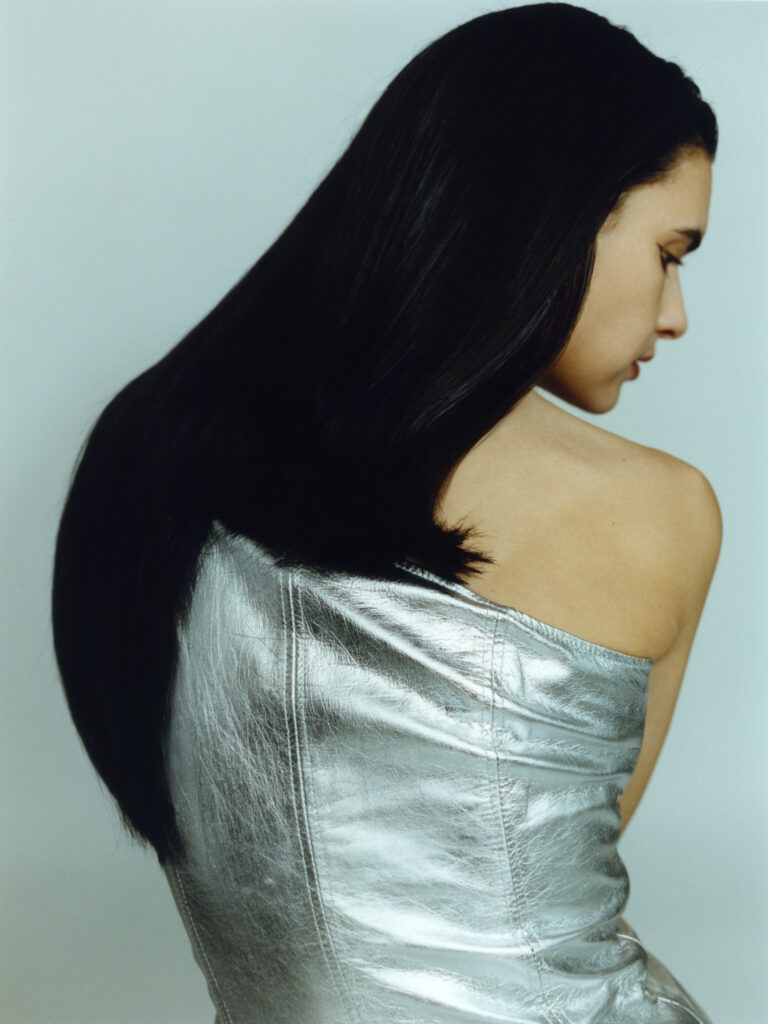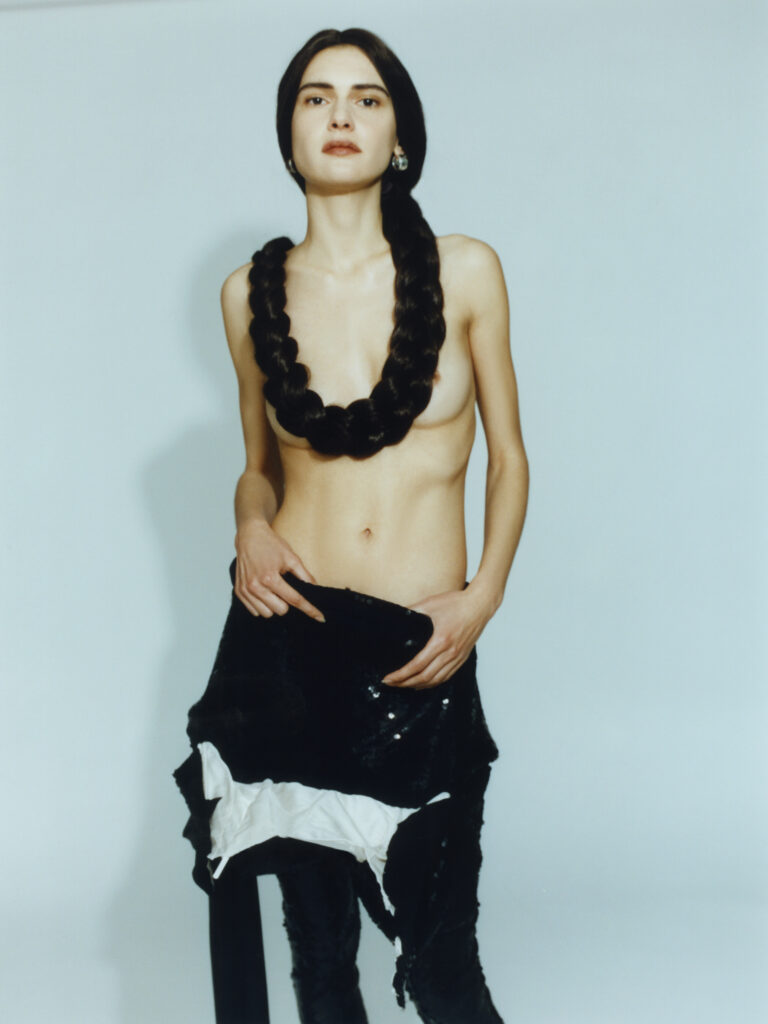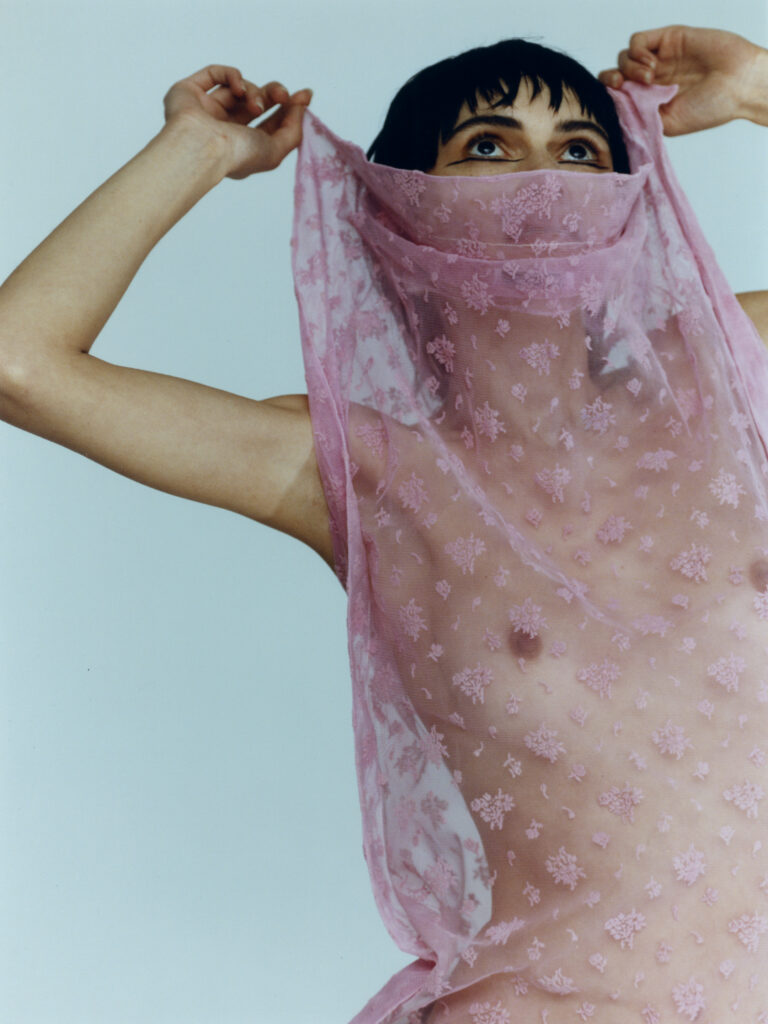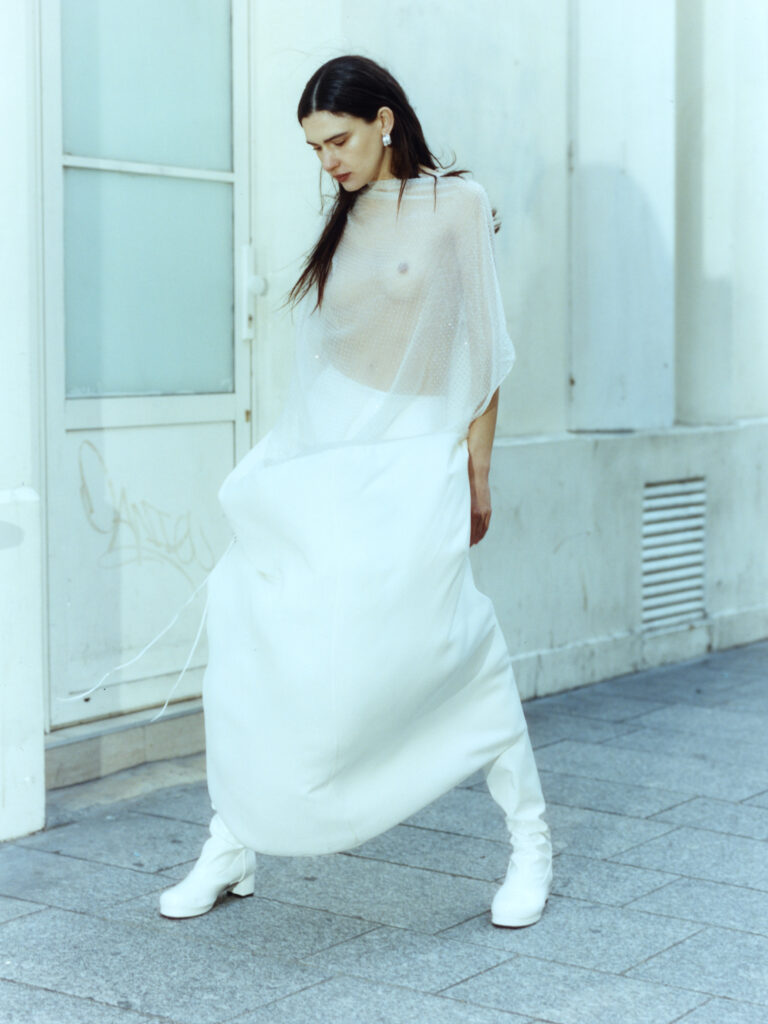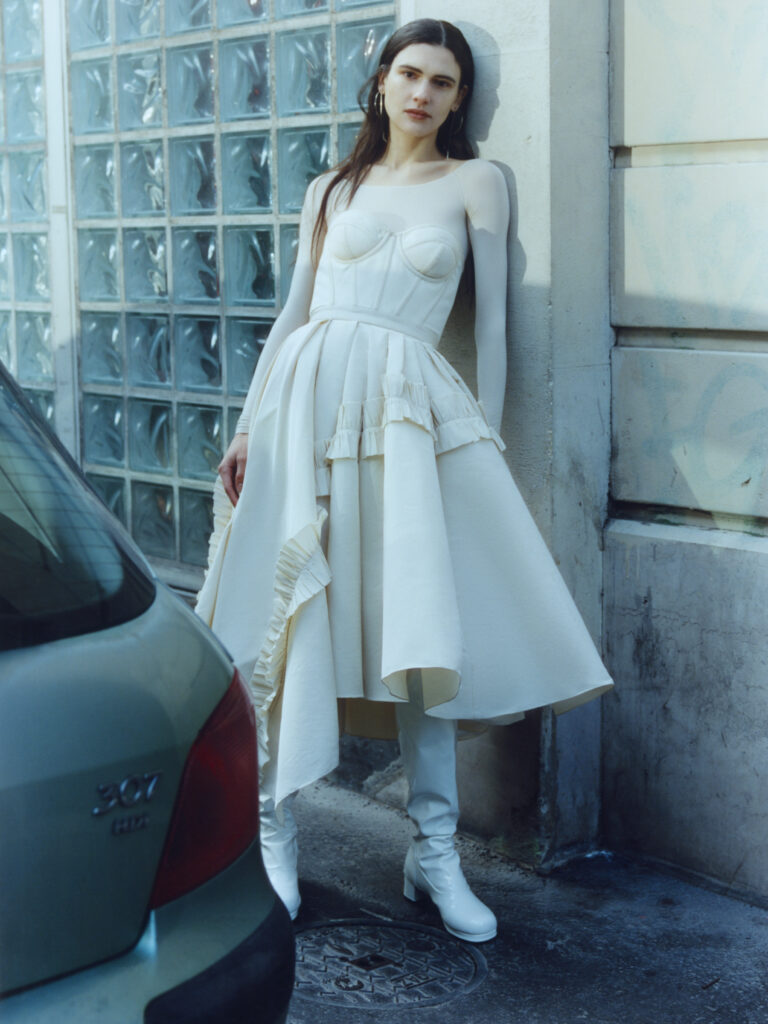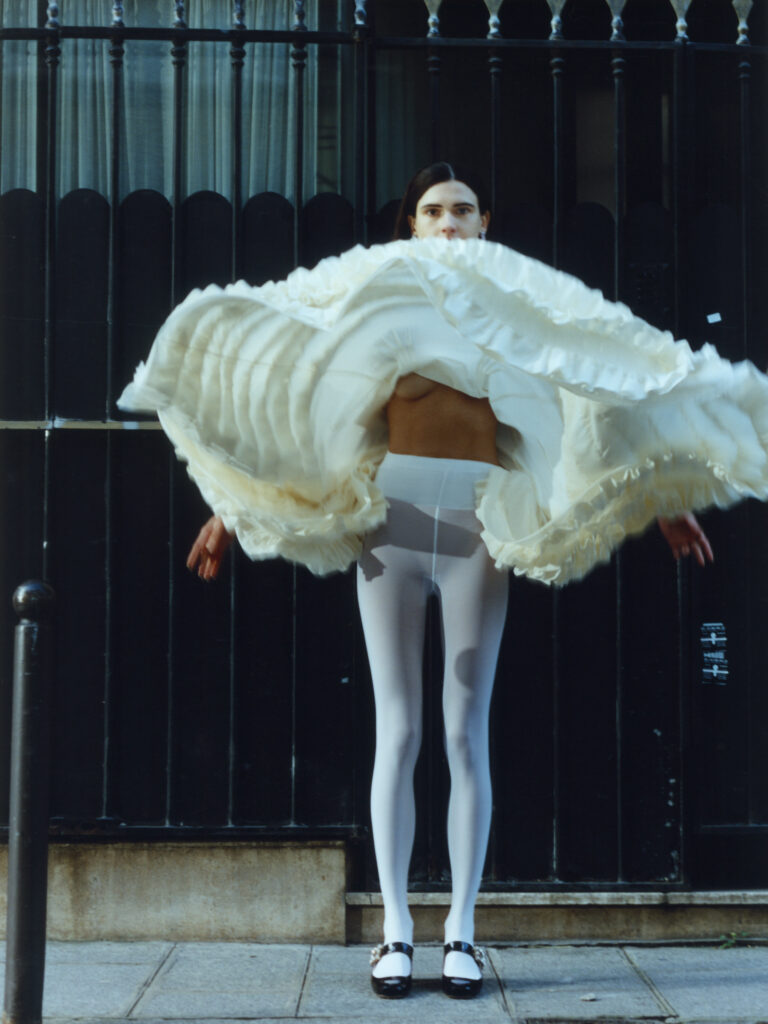One Life To Live
Every few years, an ‘it-girl’ arises and claims her throne, crowned as such by loyal fans and social media enthusiasts alike. The contemporary it-girl is not only defined by her looks, but possesses the intelligence and self-assertiveness to back it up. Chloe Cherry is all of these things. After leaving her rural hometown of Lancaster, Pennsylvania to pursue the adult film industry, she shed her inhibitions and opened herself up to the world. But it wasn’t until a few years down the line that Chloe would realise just how much that fortitude would pay off.
Before she knew it, Chloe had landed the role of a lifetime, debuting for the first time in the mainstream entertainment industry as the beloved Faye in the viral hit sensation Euphoria. But prior to morphing into her aloof alter-ego behind the camera, Chloe lived a quintessential life — her down-to-earth, authentic disposition is undeniable. Like many of us, she grew up sourcing fashion inspiration from YouTube and discovered her favourite beauty looks by experimenting with technicolor eyeliners and iridescent glitter. Her small-town upbringing left her constantly yearning for something bigger. After speaking to her, it’s really no surprise that she struck gold — in every meaning of the sense, Chloe is a true star.
Even as a young child, Chloe knew she was destined to be seen, but her insular surroundings didn’t often yield big-screen stars. She reflects on growing up, remarking that Lancaster was a small-town environment, that she was different. She dreamt of bursting that bubble and making a name for herself, but she knew early on that she’d face some hurdles along the way. Luckily for Chloe, she managed to topple those hurdles through a rock-solid confidence in herself.
You were born and raised in Lancaster, PA before playing Faye and your life changing forever. I’m also from Pennsylvania and I’m very familiar with the restrictions that can come along with the lifestyle many lead in that area. How did your hometown shape you as a person and dictate your path?
It was definitely a small town with a lot of small-town values. People were very gender divided — where I live in LA there’s so much gender fluidity and we didn’t have anything like that. People generally weren’t as open-minded about things and I feel like even I wasn’t as open-minded about life and people when I lived there. They also don’t really think that much bigger outside of what they were born into. It was a very close-minded community that thought religion, specifically the Christian religion, was the correct way to live, and that you were just supposed to follow a certain amount of correctness. That changed me, because it made me really want to break out and do whatever I want. I very stifled by the judgment that people had there.
I feel like it yielded this person that is truly not afraid to show her different sides.
I’m not afraid to do anything, pretty much, if I want to. I think growing up there kind of told me that it’s okay to break a mould, do you know what I mean? It’s okay to do something outside of what is ‘normal.’
Before Euphoria, you were in the adult film industry. This is an experience that you have described as liberating. Have you always been in tune with your sexuality? What gave you the personal fortitude to shed your inhibitions and show that side of yourself to the world?
My comfort in my sexuality basically just came from really wanting to put myself out there. Being from Pennsylvania, in the middle of nowhere Pennsylvania, you don’t really have any connections, especially to Hollywood. I think that just made me want to try literally anything just to get out of that. Even though it’s totally fine to live this way, so many of the people I grew up around kind of live the same way that their parents did. I’m really grateful that I took a huge chance in life and that it got me somewhere. Where I’m from, people don’t really take chances.
What is the most valuable lesson you learned from the adult industry that you brought with you into mainstream television?
One of the most valuable lessons I learned is how to act, how to be on set, and how to follow directions — that’s where I learned to be an actor and a good performer in general.
What I feel radiates from you is an unbridled sense of self-assuredness. What is your advice to others who may not be as comfortable in their own skin?
We only get one life to live. We’re all born and we all didn’t choose to be born, but we definitely didn’t choose to have to work to live. So I just really think that we really shouldn’t judge ourselves on what we do for work in order to live, because it’s all about what kind of day you can get through. You can’t really live your life based on the people around you because those people might be out of your life one day. And then what matters? At the end of your life, it’s only gonna be you, so you need to make sure that you’re happy with your choices.
I’m sure that being on a TV show and all of the amazing things you’ve experienced lately have been a big 180 for you. When you were younger, did you always aspire to have an audience-facing role? What was your dream back then?
Growing up, I always thought I would be some kind of performer or that I would be on camera. At first, I never really knew that I was that good of an actor because when I was acting as a kid, in school plays and stuff, I never really got the big roles. But I was a good enough actor for the adult industry. So it’s been actually a pretty crazy surprise to me that all this has happened, but it’s taught me that sometimes people just have natural skills. I think that’s what I have more than anything — natural skill. A lot of it, especially playing Faye, just kind of comes easily to me. It didn’t really take a ton of training or anything.
Faye became such a likeable character because I think many of us saw ourselves in her. She said the things that we were all thinking and she also acknowledged her own flaws and shortcomings — she was real. In what ways do you relate to Faye, and on the flip side, were there any qualities of the character that were difficult for you to channel?
One quality that was hard for me to channel in Faye was just not caring about anything, but I feel like part of that is also being on drugs. So I’ve done a lot of research about being on drugs. The way that she doesn’t care what people think and will talk back to people — I feel like I don’t really relate to that. But I do relate to the way that she really likes to find a sense of community and a sense of home. I feel like that’s what she’s searching for by staying with Fez; she wants to belong.
Your life outside of Faye underwent such a drastic transition. Have you found that sense of community yet?
I feel like I have a decent amount of community here. I’ve met a lot of people, but it’s funny — I find myself so easily becoming friends with a gaffer or a makeup artist. But I don’t as easily become friends with people that are the other actors. I know a lot of them, but I feel like a lot of my friends are people that are behind the scenes and are just really fun and easygoing.
In some ways that makes sense because you can probably relate to those people more, given how quickly all of this picked up for you. After falling in love with your character, many fell in love with you for your genuine personality, your quirky, colourful style and infectious charisma. You’ve become a Gen Z ‘it-girl’ in your own right. So, I want to know about the ‘it-girls’ or individuals that paved the way for you — who were your icons growing up?
I loved Chloe Sevigny’s and Alexa Chung’s style for a really long time. I always loved Ryan Murphy’s shows and was inspired by the fashion on his shows. Miley Cyrus is somebody that I’ve looked up to and I also really love Claudia Sulewski’s style — I watched her videos for a while.
I can see all of those coming together to inform your style, and even Faye’s personal style in the show. I wanted to revisit your experience playing that role. I really appreciated the point where you mentioned that playing Faye feels natural — I think that’s why you and the character mesh so well and we all took a liking to her.
I don’t know if I’ve said this in an interview before, but there’s this one moment of my audition for Faye that I’ll never forget. I came in and I said the lines and I had this whole act that I would put on of being like, fucked up. I was doing the lines like that and then Sam goes, ‘No, stop. Just say it how you would say it.’ And then I just said the lines to how I would say it and then I got the role.
Which is amazing. It was effortless.
The only thing about being related to Faye — I think it’s so good. I just hope it’s not the McLovin effect where I’m typecast for the rest of my life. But I mean, I feel like it’s perfect. It comes so naturally to me. Faye is almost like a side of me. If I had kept going at my craziest and just kept going on drug and party binges, I might have ended up like Faye.
Faye is like you in another dimension.
Totally.
You brought up a really important point about wanting to avoid being boxed in. You’re at such a pivotal moment now; it’s only the beginning. I listened to you on Emily Ratajkowski’s podcast, where you reiterated that as a young girl, you always yearned to have a flashy persona. You wanted to be the ‘hot bimbo’ that everyone knew. It reminded me of a recent article that The Cut published titled, ‘The Reclamation of Bimbohood‘. Basically, it was about how our contemporary understanding of ‘bimbohood’ encompasses attractive and socially-engaged women — they are self-proclaimed bimbos who ooze confidence. Do you resonate with that at all? Especially coming from the realm of adult film, how have you managed to reclaim your own sexuality and identity?
When it comes to Faye, I feel like she’s a bimbo, but in a way that you wouldn’t always imagine. She’s kind of a low-end bimbo, you know what I mean? The trashiest version of a bimbo. But with adult films, being a bimbo was very empowering because so many people would like you when you looked like that. Part of me sometimes misses being a part of such a sex-positive environment where instead of people constantly making threads on Reddit saying my lips are so terrible, people were like, ‘Oh my God, you look so amazing.’ I kind of miss that different view. Even if it was a more perverted view, I kind of thought it was almost more positive than such a perfectionist perspective. Doing adult films actually made me a lot more confident in my looks and just everything about me. I feel very physically confident about things since doing that. I think Faye is also the same in that way. Faye is also somebody who uses her sexuality and looks to get things in life and she’s very confident.
Totally — and there’s a profound power behind that. How has it been navigating the scrutiny now that you have opened yourself up to a whole other world?
Dude, it’s so weird now. What I don’t miss in porn, is people would call me fat all the time because I was showing my body, but now I don’t really get people calling me fat anymore because I don’t show my body as much. People now scrutinise my looks in such an interesting way. They’ll say, ‘Oh my gosh, she’s so fake. Look at her lips.’ Whereas people used to not really say that.
It’s very intriguing to hear the difference between the two types of entertainment from your perspective. Part of what makes your character and your true persona so endearing is your affinity for making people laugh. You don’t seem to take yourself too seriously and have cited shows like Curb Your Enthusiasm and It’s Always Sunny as your go-tos. If you could be a character in any comedy, who would you choose and why?
I personally consider Succession a comedy. I think I would make myself one of Cousin Greg’s mean girlfriends — that would be funny. I do really like Curb Your Enthusiasm. I would love to be a part of that. I feel like I could be a waiter that Larry David fucks with or something like that.
Not only are you a multi-faceted actress, but you have modelled for Laquan Smith, GCDS, Blumarine and more. You’ve gotten to live out the experiences of any fashion enthusiast’s dreams. Have you always been into fashion?
I’ve always been really into fashion. I love looking at fashion online and it’s something that I’ve always followed on social media. It was really surreal for me to be able to walk in those shows and I really hope I get to walk in more one day.
I would describe your style as effervescent, frisky and engaging. I’ve seen you take a liking to graphic tees and Y2K-era silhouettes. How would you describe your own style and what types of pieces do you usually gravitate towards?
I usually gravitate towards stuff that — this sounds kind of weird — but I like stuff that looks like something that I personally would’ve worn as a kid. It’s basically just because I have the same taste that I did as a kid, so I dressed very Y2K because I grew up in that time period. I’m really attracted to stuff that was ‘in’ back then; it’s just ingrained in my brain. I also like really weird stuff, stuff that looks really unique. But for the most part, I constantly wear clothes that are reminiscent of the 2000s.
You were also the face of Urban Decay’s Bond Liquid Lipstick. Urban Decay is one of the first makeup brands that I fell in love with as a tween getting into beauty regimens. What are some of your earliest makeup memories?
Actually, one of my earliest makeup memories involves Urban Decay. The first time I started wearing makeup, I was in sixth grade and I didn’t really wear real makeup. I would just take this glitter eyeliner and put sparkles on my eyelids every day. Then eventually I got this Urban Decay blue eyeliner and then I started doing that.
I had the exact same blue eyeliner and I loved it. How has that routine evolved as you’ve matured?
I’ve never told this to anybody, but when I was 15 years old I discovered Lily-Rose Depp; I found her Instagram and I loved her aesthetic and the way she did her makeup. It was so simple. She would literally just do a little bit of blush, mascara, and nice eyebrows and I was just obsessed with it. So I completely dropped all my crazy makeup, started doing really simple makeup and I’ve just done it like that ever since.
You’re just getting started showing the world who Chloe Cherry really is — you’re an esteemed actress, a model, a style icon for many, and even a SoundCloud rapper. How do you hope people remember you decades from now? What’s the legacy you’d like to leave behind and what are you working on right now that you’re excited about?
A few years down the line, we’re on Euphoria season seven. I maybe have my own fashion line, maybe my own skincare line, I’m doing more beauty campaigns and just doing all sorts of high fashion campaigns. I love being on Euphoria, but if that ended, I’d love to be a regular on something else. I just want to keep continuing to do what I do because I love it.
Team
Talent · Chloe Cherry
Creative Direction · Jade Removille
Photography · Ricky Alvarez
Styling · Kathryn Typaldos at Forward Artists
Hair · Ericka Verrett at A-Frame
Makeup · Rob Rumsey at A-Frame
Styling Assistant· Nicole Grasty
Location · FD Photo Studio Los Angeles
Interview · Kayla Curtis-Evans
Special thanks to Lucy Greene at Anti Agency, Amanda Horton at ALH PR, Hannah Hardison at A-Frame
Designers
- Top and skirt RICK OWENS
- Tank TNA
- Tights GRETA GARMEL and shoes RICK OWENS
- Top from Archive Vintage, shirt and skirt ECKHAUS LATTA, socks COMME SI and shoes ARIELLE BARON from conti comm
- Top and skirt ELENA VELEZ and earrings MEJURI
- Hair clip SARAH APHRODITE, top PRADA from Archive Vintage, skirt POLLUX, shoes VALENTINO, bracelet MEJURI and leg warmers vintage
- Dress JEAN-PAUL GAULTIER from Archive Vintage
